9- The Role of Technology in Influencer-Driven Trends
Hey, lets tiptoe into the dazzling carnival of fashion, where influencers are like ringmasters of a magical circus, conjuring urgency with limited-time collections and product drops that make our hearts race like a carousel on overdrive. They’re tapping into a timeless trick called the principle of scarcity—a bit like chasing a rare, glowing firefly that only dances in the twilight for a fleeting moment. By making us feel like we’ve got to act fast or miss out, influencers turn their treasures into irresistible must-haves, coaxing us to toss our coins into the ring before the show moves on. So, let’s hop onto this thrilling ride and see how they pull it off, with a little story of Mary and her friend Ronke to guide us through the fun.
Influencers have mastered the art of scarcity, wielding it like a sparkling whip that cracks with excitement. Limited-time collections are their star act, where they team up with brands to unveil exclusive, magical goodies that disappear faster than a magician’s rabbit. These collections are only up for grabs for a short, heart-pounding window, stirring up a storm of FOMO—fear of missing out—that swirls around their followers like confetti in the wind. Imagine an influencer revealing a limited-edition jacket, stitched with threads of starlight, available for just 48 hours. Suddenly, you’re sprinting to snag it, because missing out feels like skipping the greatest show on earth. That rush of urgency is the magic that transforms a “maybe later” into a “gotta have it now,” sending sales soaring faster than a trapeze artist’s leap.
They also toss in some clever tricks to keep the excitement buzzing, like countdown timers that tick like the drumroll before a big reveal. Picture an influencer’s Instagram post, lit up with a timer flashing, “Only 12 hours left!” It’s like a circus clock, counting down to the final act, urging you to grab your ticket before the tent closes. They might even offer exclusive access to their VIP fans—like a backstage pass to the greatest show—making you feel like a star in their dazzling world. These moves don’t just create urgency; they sprinkle a sense of exclusivity, like being the only one invited to ride the carousel’s golden horse. It’s a thrilling charm that makes us feel special, eager to join the spectacle before the lights dim.
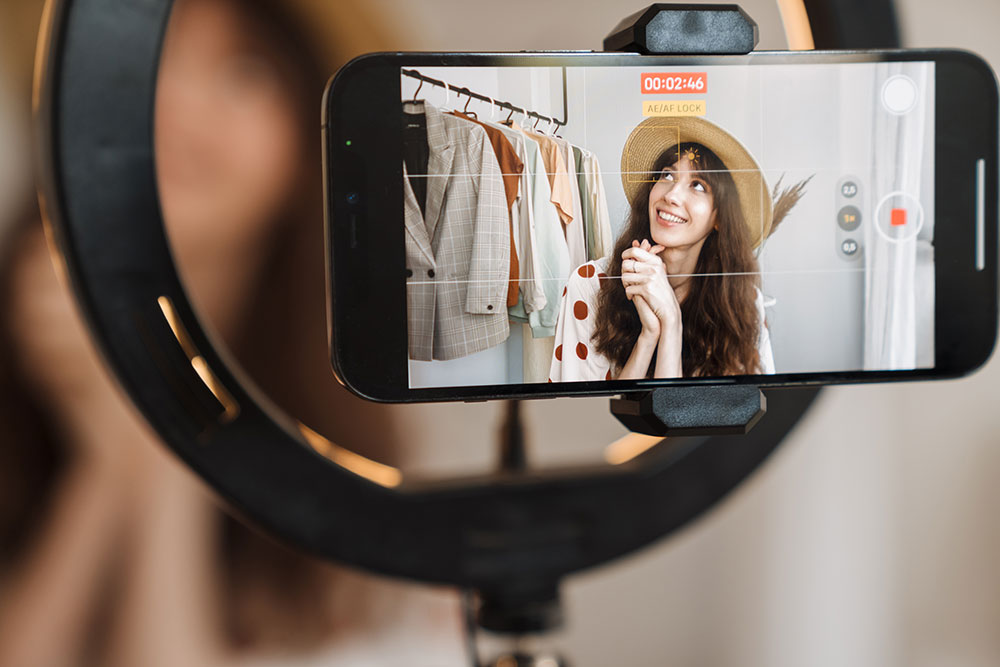
Product drops are another high-flying act in their circus, bursting onto the scene like a surprise cannon blast of confetti. Influencers might drop a limited batch of glitter-dusted boots out of nowhere, and the small quantity turns it into a wild race to grab one before they’re gone. It’s like a game of musical chairs at the carnival—only a few seats left, and you don’t want to be the one standing! They’ll add extra sparkle with time-sensitive treats—like a discount that vanishes at midnight or free shipping for the first 50 buyers—cranking up the heat on our desire to act fast. These drops aren’t just about selling; they’re about creating a moment of pure, electric joy, making us feel like we’re part of the greatest show in town.
Let’s spin a little tale to see this circus magic in action. On a bright morning, Mary, a dazzling fashion influencer, is perched at her desk in her carnival tent, brainstorming her next big act. She wants to whip up a frenzy of urgency among her followers for her new clothing line, but she’s stumped. Just then, her friend Ronke strolls in, her smile as bright as a Ferris wheel at night. “Hey, Mary, what’s the plan?” she asks. Mary sighs, “I need my followers to jump at my new line, but I’m not sure how to get them moving fast.” Ronke’s eyes twinkle like carnival lights. “How about a limited-time collection? Team up with a brand for an exclusive, magical piece that’s only here for a short spin.” Mary claps her hands, her face glowing like a spotlight. “Yes! I’ll add countdown timers to my posts, like a drumroll for the big finale, and give my loyal fans exclusive access so they feel like VIPs at the show.” Ronke cheers, “That’s the ticket! The scarcity will make them rush, and the exclusivity will make them feel like they’re part of your circus family.”
A few days later, Mary unveils her limited-time collection—a line of sustainable dresses that shimmer like carnival magic. She posts on Instagram with a countdown timer, “Only 24 hours left!” and sends a secret pass to her email subscribers, making them feel like they’ve won a golden ticket to the big top. The response is a roaring success—her followers swarm in, snatching up the dresses like they’re the last seats at the show. Sales skyrocket, and Mary sends a mental high-five to Ronke. By weaving scarcity and exclusivity into her act, she turned her collection into the hottest ticket in town, proving the power of urgency in driving sales.
This circus of limited-time collections and product drops doesn’t just fill the ticket booth—it ignites excitement and builds a loyal crowd, like inviting fans to join the carnival troupe for life. The scarcity makes us leap into action, while the exclusivity makes us feel like stars, creating a bond that keeps us coming back for the next show. Influencers are the ringmasters, using these tricks to turn a fleeting act into a sales extravaganza, and it’s a thrilling performance of psychology and joy that lights up the fashion carnival.
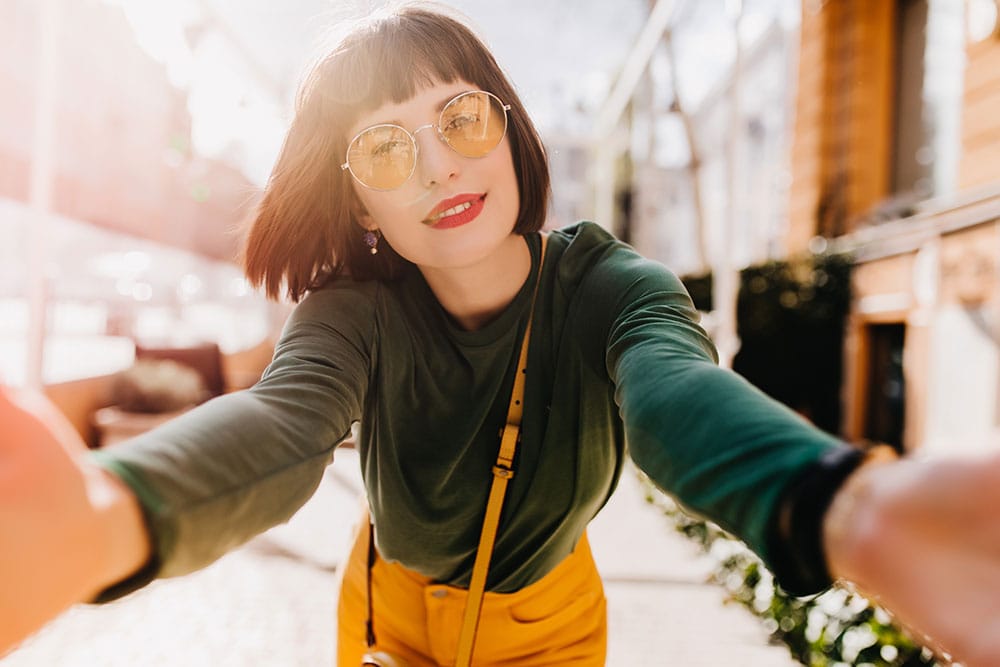
AI and Algorithms in Surfacing Influencer Content to Shape Trends
Let’s whisk ourselves away to the bustling digital carnival of social media, where the air is electric with influencer magic, and AI-powered algorithms are the clever ringmasters, orchestrating the show to surface the most dazzling content for us to enjoy. The explosion of influencer marketing has turned platforms into a glittering maze of posts, making it tricky to spotlight the best acts. But fear not—artificial intelligence and algorithms have swooped in like wise magicians, shaping trends, spotlighting influencer content, and ensuring the carnival remains a thrilling, personalized spectacle for all. Let’s dive into this enchanting world and see how it works, with a little tale of Lola and Emike to light up the stage.
In this carnival, AI-powered algorithms are the unsung heroes, working behind the scenes to pick out influencer content that’ll make the crowd cheer. They’re like magical fortune-tellers, sifting through a treasure trove of data—user behavior, engagement patterns, and the sparkle of the content itself—to decide which posts deserve the spotlight. Imagine an algorithm as a crystal ball, gazing into your likes, comments, and shares to predict what’ll make your heart skip a beat. When it spots a post from an influencer like Emike, a fashion starlet twirling in a stunning outfit, it knows her followers will adore it. By analyzing what resonates, the algorithm ensures the right content lands on the right stage, making sure users like you and me are always delighted by what we see.
What’s truly magical is how these algorithms learn and grow, like a carnival performer perfecting their act with every show. As we clap and cheer for influencer content—liking a post, sharing a video, or following a creator—the algorithms take note, tweaking the performance to match our tastes. It’s like having a personal carnival guide who remembers you loved the acrobats last time, so they lead you straight to the high-flying acts. This creates a tailored experience that feels like it was made just for us, increasing the chances we’ll stick around, engage, and maybe even follow that influencer for more. It’s a dance of personalization that keeps the carnival lively, ensuring every visitor leaves with a smile.
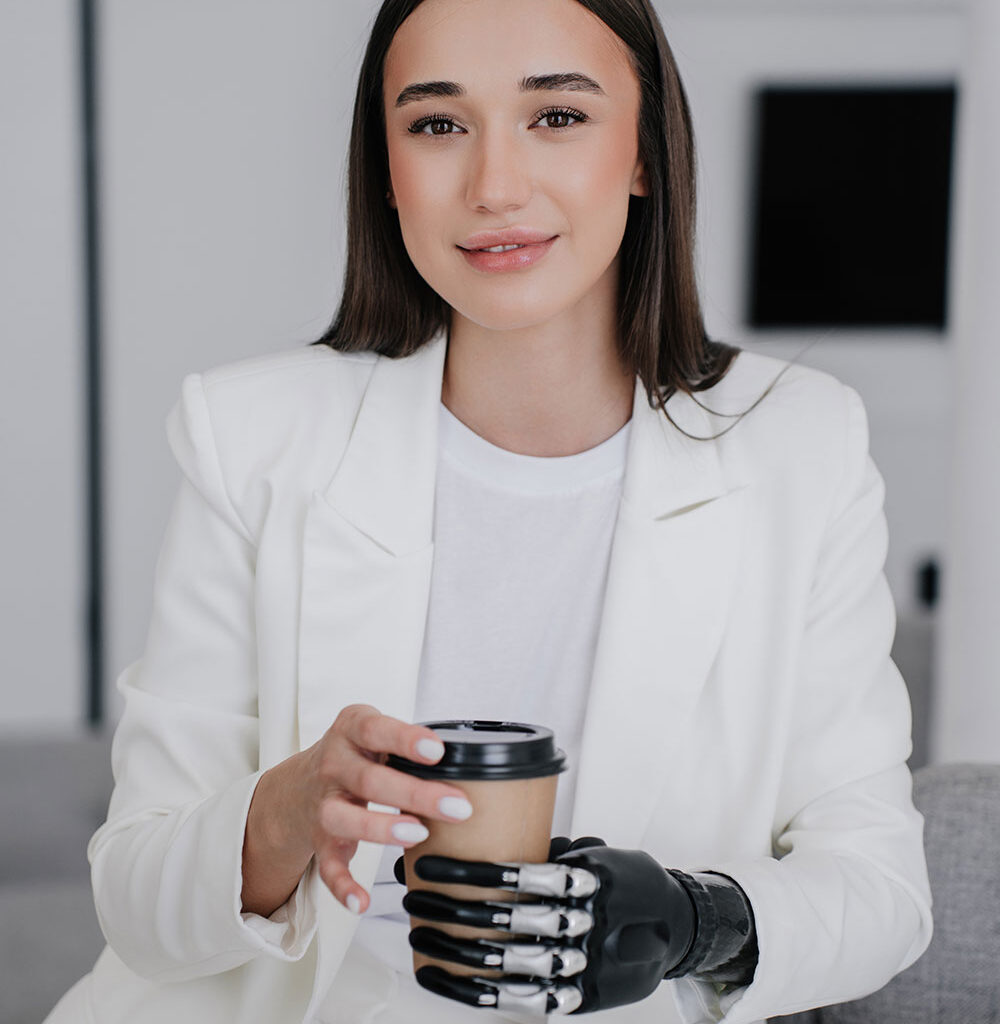
Another trick up their sleeve is spotting emerging trends, like a ringmaster sensing the crowd’s excitement for a new act. By watching user behavior and engagement patterns, algorithms can see which influencer content is starting to sparkle—like a new dance challenge or a micro-trend like scarf tops—and they’ll hoist it onto the main stage for a wider audience to see. This magic helps trends spread like wildfire, letting influencers like Emike reach more fans and giving brands a chance to jump on the latest buzz. It’s like the algorithm is a trend-spotting fairy, waving its wand to say, “This is the next big thing!”—helping the carnival stay fresh and exciting for everyone.
These algorithms also play the role of gatekeepers, keeping the carnival safe and sparkling. They’re like vigilant guards, sniffing out spam, fake accounts, and lackluster content that could dim the show. By sweeping away the riffraff, they ensure the stage is set for only the best acts—high-quality, relevant content that matches our interests. This keeps the carnival a place of wonder, where we’re not bogged down by dull performances but instead treated to the brightest stars, like Emike’s stunning fashion posts, that align with what we love.
Let’s step into a little story to see this magic in action. On a typical Monday morning, Lola, a social media manager at a chic fashion brand, is sipping her coffee in her carnival booth, brainstorming ways to make their influencer campaigns shine. She’s scrolling through her feeds when she spots a post from their brand ambassador, Emike, a dazzling fashion influencer. Emike’s rocking a breathtaking outfit from Lola’s brand, and the post is already lighting up the carnival with likes and comments. Lola’s thrilled, but she’s curious—how did the algorithm decide to spotlight this post? Digging deeper, she discovers the algorithm’s magic: it analyzed Emike’s engagement patterns, her followers’ love for fashion, and the post’s vibrant charm, adjusting its reach in real-time as the crowd cheered louder. Lola’s eyes widen—this algorithm is like a carnival maestro, conducting the perfect show.

Over the next few weeks, Lola teams up with Emike and the platform’s algorithm to fine-tune their act. They experiment with new tricks—different content styles, hashtags, and engagement stunts—using the algorithm’s insights to perfect their performance. The algorithm whispers secrets: which posts make the crowd roar, which trends are bubbling up, and how to keep the audience enchanted. The result? A spectacular show—the brand’s engagement soars, their reach stretches across the carnival, and sales climb like a Ferris wheel to the stars. Lola’s over the moon, knowing the algorithm was the wind beneath their wings, helping them surface the right content to the right crowd, turning their campaign into a carnival blockbuster.
In the end, AI and algorithms are the heart of this digital carnival, personalizing our experience, spotlighting trends, and keeping the show sparkling. They’re the magic that helps influencers like Emike shine, brands like Lola’s thrive, and users like us enjoy a front-row seat to the best acts. By weaving together data, trends, and integrity, they’ve transformed social media into a wondrous stage where every post feels like it was made just for us, ensuring the carnival of influencer marketing keeps dazzling us all.
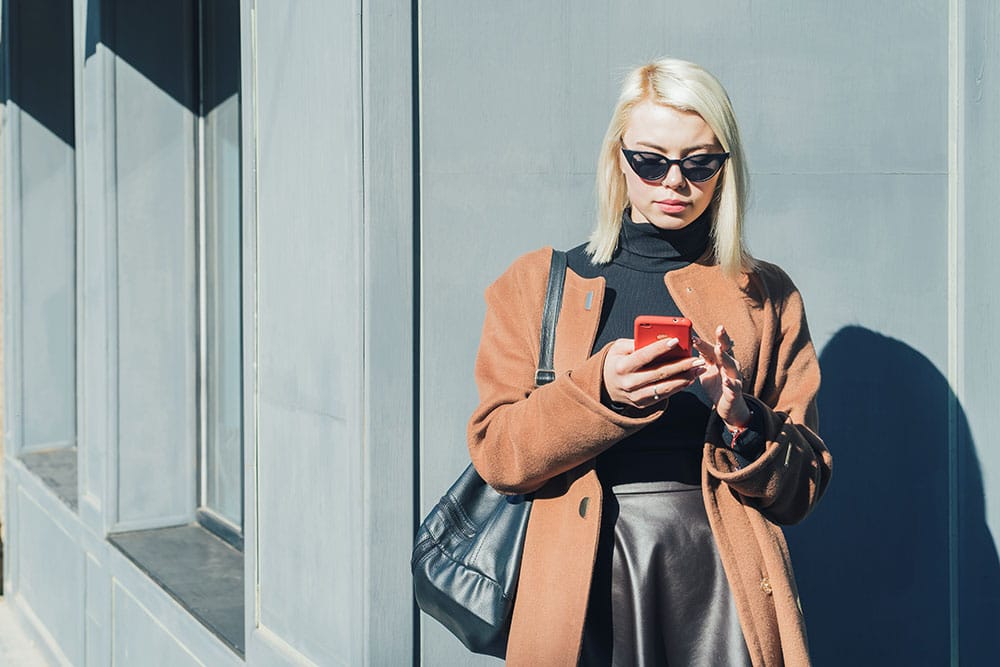
The Role of Influencers and Digital Fashion in the Future of Fashion Trends
Virtual influencers and digital fashion are taking center stage, rewriting the rules of how trends are born, shared, and adored. Imagine a world where fashion isn’t bound by fabric or thread but dances in the digital ether, brought to life by virtual avatars and visionary creators. This is a tale of innovation, sustainability, and creativity, and I’m here to guide you through it, with a sparkling story of Kate and her virtual muse, Luna, to light the way.
Picture virtual influencers as celestial beings, digital avatars crafted with their own shimmering personalities, styles, and vibes, designed to captivate specific corners of the fashion cosmos. They’re not human, but they feel alive—computer-generated characters like Luna, a virtual influencer with a cosmic glow, who struts through social media with a wardrobe that defies gravity. Then there’s digital fashion, a magical art form where clothing and accessories are woven from pixels, not thread. These digital garments can be worn in virtual reality realms or flaunted on social media, offering a new way to express style without ever touching a physical fabric. Together, virtual influencers and digital fashion are like a supernova, exploding with possibilities that are transforming how we create, consume, and share trends.
This revolution is fueled by a constellation of forces: technology’s rapid ascent, shifting consumer desires, and a growing call for sustainability in the fashion universe. Advances in tech—like 3D design software and AI—have made it possible to craft virtual avatars and digital garments with breathtaking detail, while consumers are craving fresh, innovative ways to engage with fashion. But the real star here is sustainability. Digital fashion is like a gift from the cosmos—it doesn’t need physical materials, cutting out the need for factories, shipping, or packaging that weigh heavy on the planet. A digital dress for Luna doesn’t leave a carbon footprint, making it a greener way to shine. As technology evolves, these innovations are set to become even more dazzling, lighting up the fashion galaxy like never before.
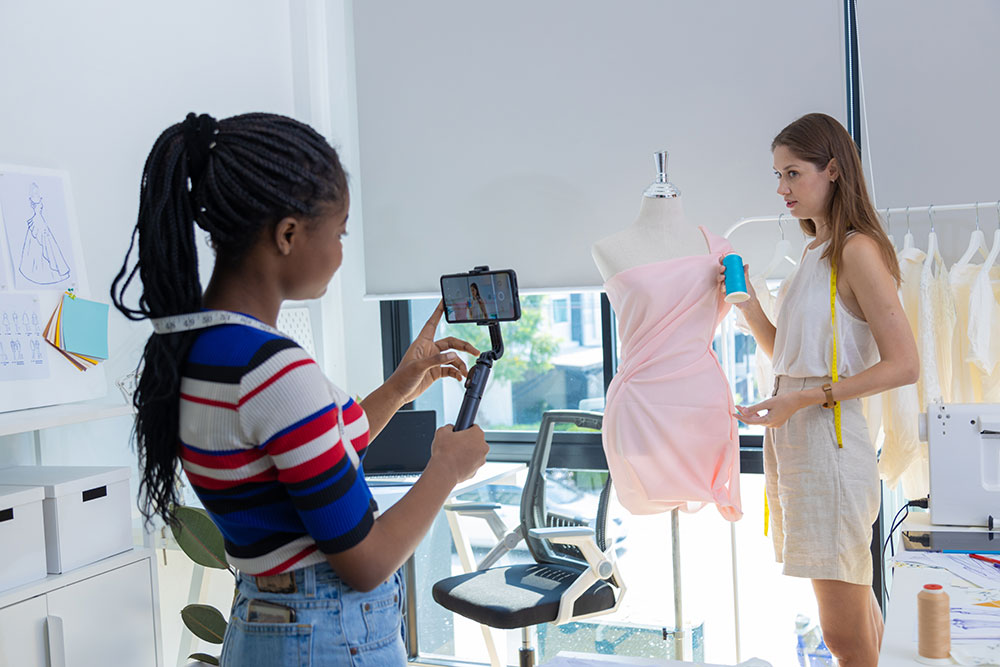
One of the brightest gifts of virtual influencers and digital fashion is the creative freedom they unleash, like a painter given an infinite canvas. Digital garments can be conjured using a universe of tools—think glowing holographic skirts, dresses that shift colors with a thought, or accessories that shimmer like stardust. There are no limits to what can be dreamed up, allowing creators to push boundaries in ways traditional fashion can’t. Plus, this digital realm is a great equalizer, democratizing fashion in a way that feels like opening the gates to a cosmic festival. Anyone with a device and a spark of creativity can design and share digital clothing, no matter where they are or what’s in their wallet. It’s a fashion party where everyone’s invited, breaking down barriers and making style more inclusive than ever.
Let’s weave a little story to see this magic in action. In the year 2025, the fashion world is abuzz with change, and at the heart of it is Kate, a young designer with a heart full of dreams and a mind buzzing with tech. Kate’s always been enchanted by the fusion of fashion and technology, spending years mastering the art of digital design like a sorceress perfecting her spells. One day, a golden opportunity lands in her inbox—a prominent fashion brand wants her to create a digital clothing collection for their virtual influencer, Luna, a digital avatar with a celestial charm. Kate’s over the moon, her fingers tingling with excitement as she dives into her work.
Using her magical tools—specialized software that’s like a wand for digital design—Kate crafts a breathtaking collection for Luna. Each garment is tailored to Luna’s virtual form, from a dress that sparkles like a nebula to a jacket that glows with the hues of a sunset. When the collection launches, Luna’s followers go wild, clamoring to dress their own avatars in Kate’s creations. The success isn’t just a win for style—it’s a beacon for sustainability. Kate realizes digital fashion is a way to create without waste, a path to reduce the industry’s heavy footprint on the earth. Her work with Luna catches the eye of other brands, and soon Kate’s designing for a whole constellation of virtual influencers, each collection more dazzling than the last.

As the years pass, Kate becomes a guiding star in the digital fashion revolution, pushing the boundaries of what’s possible with every pixel she weaves. She creates garments that shimmer with innovation—like a cloak that changes patterns with the weather or boots that leave a trail of virtual stardust. Luna, her first virtual muse, remains her closest collaborator, and together they shape the future of fashion, one digital thread at a time. Their work inspires a new generation of creators, proving that fashion doesn’t need to be physical to be magical—it can live in the stars, accessible to all who dare to dream.
In the end, virtual influencers and digital fashion are like a cosmic wave, set to reshape the fashion universe in ways we’re only beginning to imagine. They offer sustainability, creativity, and inclusivity, lighting up a path toward a future where fashion is boundless, eco-friendly, and open to everyone. As technology continues to soar, these innovations will shine even brighter, ensuring the fashion galaxy is a place of wonder for generations to come.
How Influencers Leverage AR/VR (e.g, Virtual Try-Ons)
(AV)Audiovisual refers to technologies or experiences that combine sounds (audio) and visuals (videos or images). In the context of try-ons, AV could describe the sensory components of the experience—like seeing a product overlaid on your image (visual) and hearing feedback or instructions (audio). For example, a virtual try-on app might show you wearing a pair of glasses on your screen while a voice explains the features or background music enhances the experience.
(VR) Virtual Reality is a fully immersive digital environment that replaces the real world with a simulated one, typically experienced through a headset like META quest 3, Meta pro, and valve index amongs others. In VR try-ons, you’d enter a 3D space where you could “try on” items—like clothing, accessories, or even furniture—on a virtual avatar of yourself or in a virtual store. Unlike augmented reality (AR), which overlays digital objects onto the real world, VR creates a completely artificial setting.
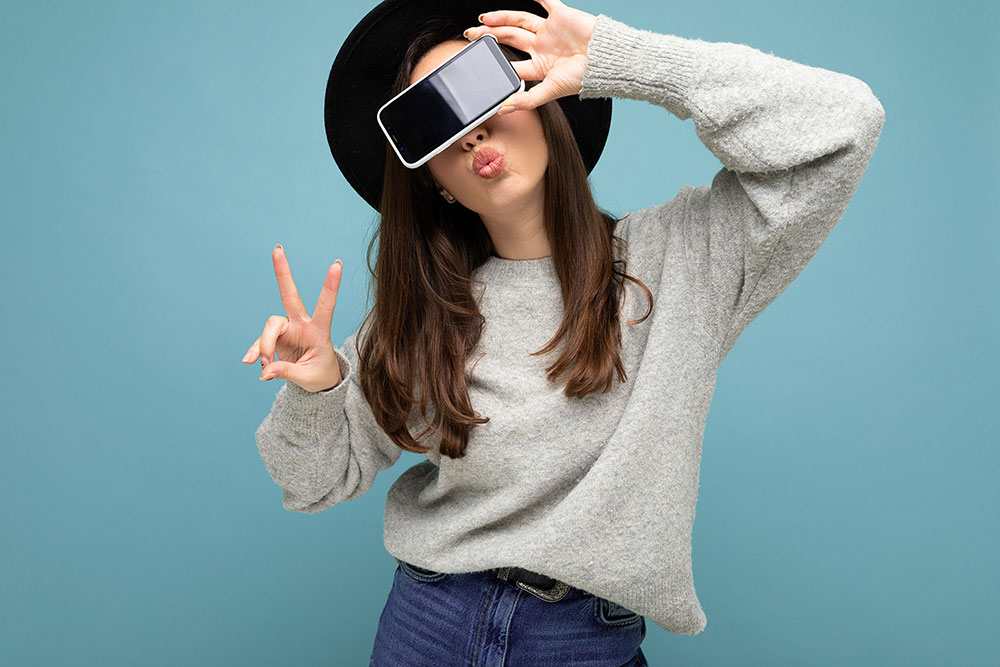
Fashion influencers are increasingly leveraging Augmented Reality (AR) and Virtual Reality (VR) technologies to create immersive and engaging experiences for their followers. One popular application of AR/VR in fashion influencer marketing is virtual try-ons.
Virtual try-ons enable followers to see how clothing and accessories would look on them without having to physically try them on. For instance, AR filters can be used to superimpose digital versions of clothing and accessories onto the user’s body, allowing them to see how the products would look on them.
Many fashion brands, such as Sephora and Gucci, have already incorporated AR technology into their marketing strategies. For example, Sephora’s Virtual Artist app uses AR to allow users to virtually try on makeup products and see how they would look on their skin.
Similarly, fashion influencers can partner with brands to create custom AR filters that allow their followers to virtually try on clothing and accessories. This can be done through social media platforms such as Instagram and TikTok, which offer built-in AR effects features.
For example, a fashion influencer can partner with a clothing brand to create a custom AR filter that allows their followers to virtually try on a new line of dresses. The influencer can then share the filter on their social media stories, allowing their followers to interact with the brand in a new and immersive way.
Overall, the use of AR/VR in fashion influencer marketing is providing new and innovative ways for influencers to engage with their followers and promote products. As the technology continues to evolve, it is likely that we will see even more creative and immersive AR/VR experiences in the fashion industry.
As a fashion influencer, Sophia was always on the lookout for new and innovative ways to showcase the latest trends to her followers. She had built a large and loyal following on Instagram, and she wanted to find ways to take her content to the next level.
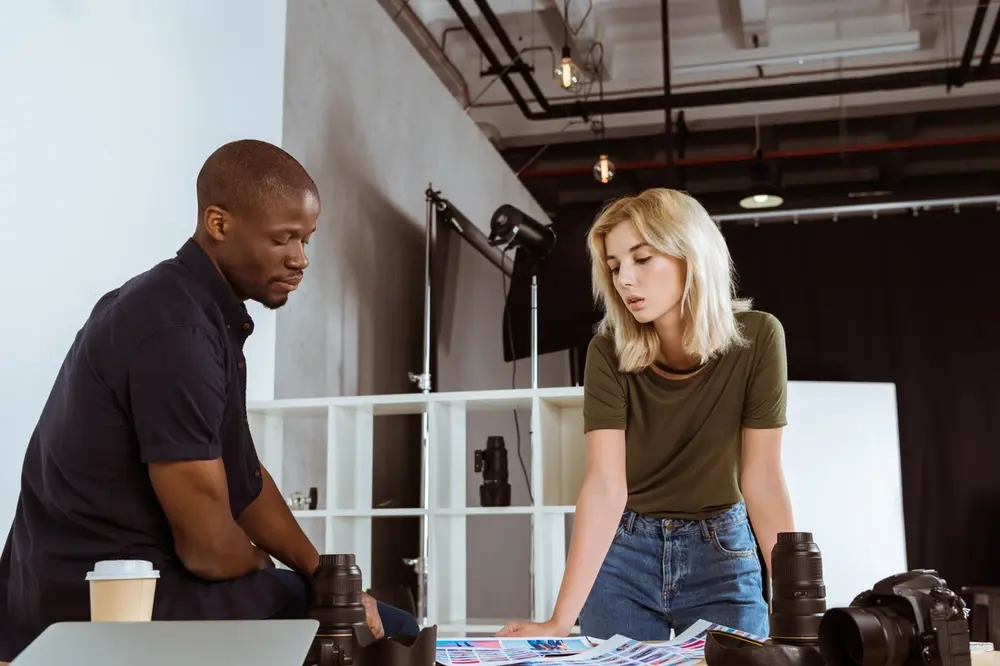
10- Challenges Faced by Fashion Influencers
Fashion influencers face a multitude of challenges in their profession, from maintaining authenticity and credibility to navigating the complexities of building and maintaining professional relationships. Despite the glamour and excitement of the job, fashion influencers must contend with issues such as intense competition, criticism and negative feedback, and the pressure to conform to unrealistic beauty standards.
Navigating Authenticity vs. Paid Partnership
Fashion influencers often face the challenge of navigating the fine line between authenticity and paid partnerships. On one hand, influencers want to maintain their credibility and authenticity with their audience, while on the other hand, they need to financially sustain themselves through sponsored content.
When influencers partner with brands, they risk losing their authenticity if the partnership is not genuine or if the content feels forced. Their audience may perceive the partnership as inauthentic or solely driven by financial gain, which can damage the influencer’s reputation and trust with their audience.
To navigate this challenge, influencers must be strategic in selecting brand partnerships that align with their values, aesthetic, and audience interests. They should also clearly disclose sponsored content to maintain transparency and trust with their audience.
moreover, influencers can focus on creating high-quality, engaging content that showcases their unique voice and perspective, while also highlighting the brand’s product or service in a way that feels organic and authentic. By striking this balance, influencers can maintain their authenticity while also benefiting from paid partnerships.
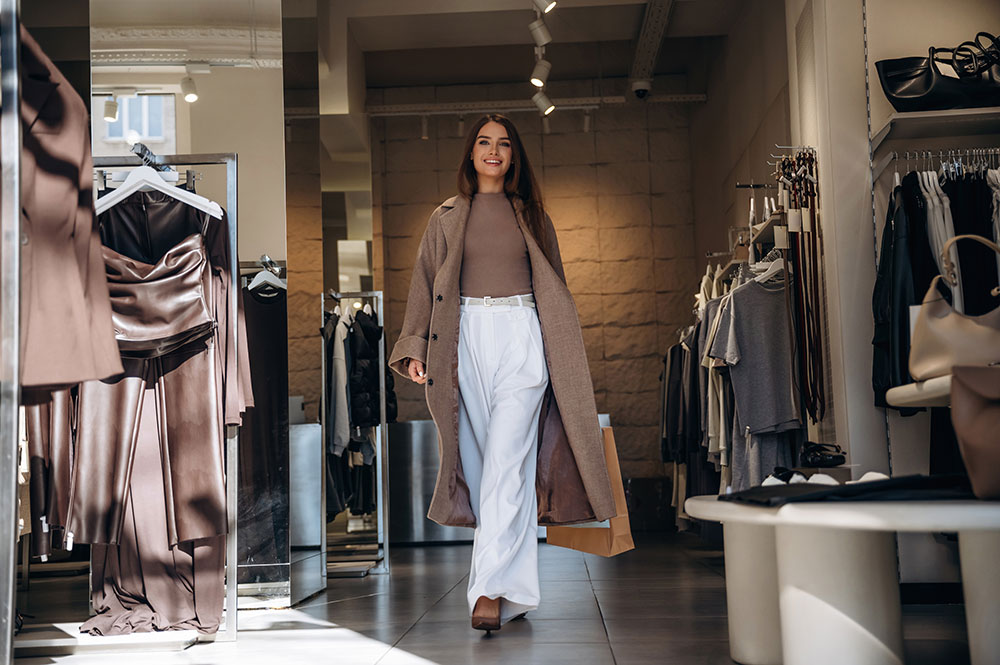
Staying Relevant in a Fast-Changing Industry
To overcome this challenge, influencers can focus on building a strong brand identity that transcends fleeting trends. By developing a distinctive aesthetic, tone, and message, influencers can establish a loyal following that will stay with them even as the industry evolves.
Ultimately, staying relevant in the fast-changing fashion industry requires influencers to be agile, adaptable, and committed to ongoing learning and growth. By embracing change and staying focused on their unique strengths and passions, influencers can maintain their relevance and continue to thrive in this dynamic and ever-evolving industry.
Managing Back Lash and Cancel Culture within the Fashion Trends
Fashion influencers face the challenge of managing backlash and cancel culture within fashion trends. With the rise of social media, fashion influencers have become increasingly scrutinized for their choices, and one misstep can lead to widespread criticism and even “cancellation.”
Fashion influencers must navigate the complex and often contradictory landscape of fashion trends, where what is considered “in” or “out” can change rapidly. A trend that is celebrated one day can be deemed problematic or insensitive the next, leaving influencers vulnerable to backlash.
To manage this challenge, influencers must be highly attuned to the cultural and social context of the fashion trends they promote. They must consider the potential impact of their choices on different communities and be prepared to apologize and make amends if they inadvertently cause offense.
Influencers must also be mindful of the power dynamics at play in the fashion industry, where cultural appropriation, racism, and sexism are longstanding issues. They must be aware of their own privilege and positionality and take steps to amplify marginalized voices and promote inclusivity and diversity.
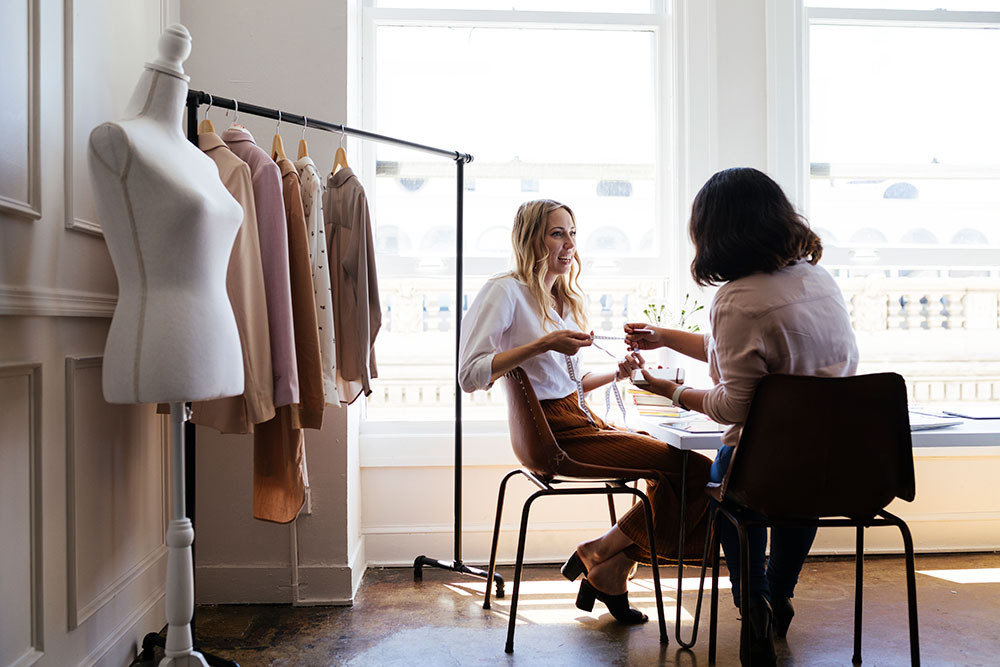
Furthermore, influencers must develop a growth mindset and be willing to learn from their mistakes. They must be open to feedback and criticism and take steps to educate themselves on the issues and concerns that are relevant to their audience.
Ultimately, managing backlash and cancel culture within fashion trends requires influencers to be nuanced, empathetic, and responsible. By being mindful of the impact of their choices and taking steps to promote inclusivity and diversity, influencers can build trust with their audience and maintain their credibility and influence in the fashion industry.
Dealing with Sustainability Critiques in Promoting Fast
Fashion Brands.Dealing with sustainability critiques in promoting fast fashion brands requires a thoughtful and multi-faceted approach. Fashion influencers must educate themselves on the environmental and social impact of the fast fashion industry, including the effects of waste, pollution, and exploitation of workers.
Partnering with sustainable brands is also crucial, as it allows influencers to collaborate with companies that prioritize eco-friendly materials, responsible manufacturing practices, and fair labor standards.
Promoting sustainable fashion practices is another key strategy. Influencers can encourage their followers to adopt habits such as buying second-hand clothing, swapping or renting clothes, and caring for their clothes to extend their lifespan.
Highlighting the benefits of sustainability is also important. Influencers can share the benefits of sustainable fashion, such as reducing waste, conserving resources, and promoting fair labor practices.
Being transparent and accountable is also essential. Influencers must be open and honest with their followers about their own sustainability journey, acknowledging any mistakes or areas for improvement.
Using their platform for awareness is another critical step. Influencers can utilize their social media platform to raise awareness about the environmental and social impact of the fashion industry, promoting sustainable fashion practices and encouraging their followers to make more informed choices.
Ultimately, promoting slow fashion is a key strategy for influencers looking to address sustainability critiques. By layuimng more emphases on the importance of buying fewer, higher-quality clothes that are made to last, influencers can help reduce waste and pollution, and promote a more sustainable fashion industry.
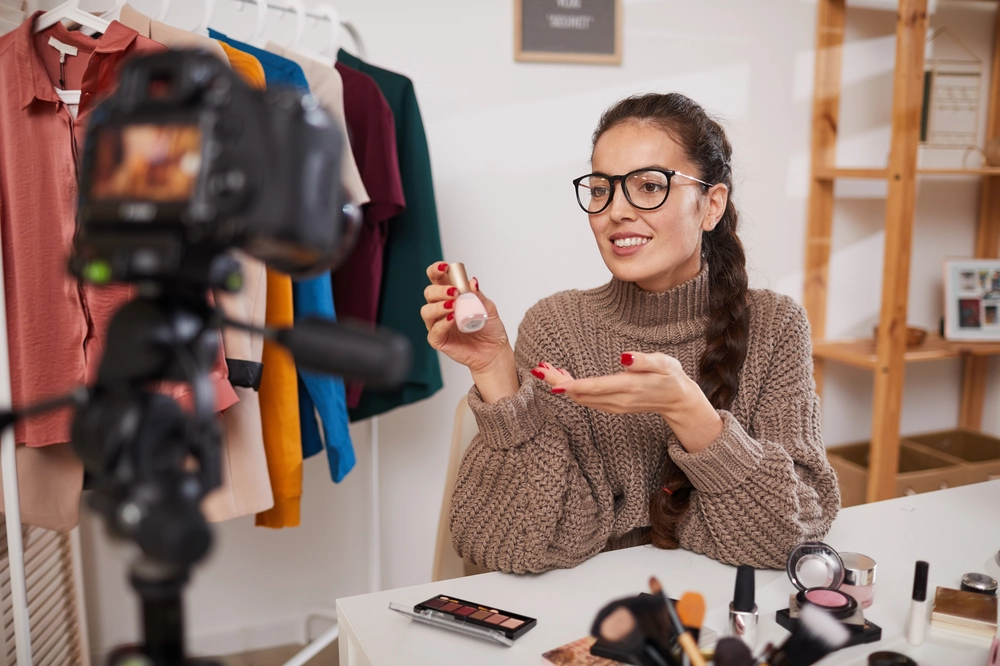
11- Case Studies, Influencers who Shaped Iconic Trends
Throughout history, influencers have played a significant role in shaping iconic trends in fashion. From ancient civilizations to modern-day social media, charismatic individuals have inspired and influenced the way people dress and express themselves. This phenomenon has only intensified with the rise of social media, where fashion influencers have become powerful tastemakers, driving trends and shaping the fashion industry.
Examples of Influencers who Started or Popularised Trends (e.g., Bella Hadid with Y2K, Emma Chamberlin With Casual Chic)
Bella Hadid’s influence on Y2K fashion has been significant. She has been a key figure in bringing back the iconic styles of the early 2000s, popularizing trends such as low-rise jeans and skirts, crop tops and midriff-baring shirts, chunky accessories and sneakers, and oversized clothing and baggy shapes.
Hadid’s love for low-rise jeans and skirts has been particularly notable, with her frequently being spotted wearing them on the red carpet, runway, and in her everyday life. She has also been a champion of crop tops and midriff-baring shirts, often pairing them with low-rise pants or skirts for a Clssic Y2K look.
Furthermore, to her apparel choices, Hadid’s accessories have also played an important role in popularizing the Y2K trend. Her fondness for chunky sneakers, belts, and jewelries has helped bring back the iconic aesthetic of the early 2000s.
Hadid’s influence on Y2K fashion can be attributed to her massive social media presence, with over 50 million followers on Instagram. Her fashion choices are closely watched and emulated by her fans, who look to her for style inspiration.
As a top model, Hadid has also walked the runways for top designers, showcasing Y2K-inspired designs and further popularizing the trend. Her off-duty style, often captured by paparazzi, has helped spread the Y2K fashion trend, as fans and fashion enthusiasts alike take inspiration from her outfits.
Overall, Bella Hadid’s influence on Y2K fashion has been instrumental in bringing back the iconic styles of the early 2000s, and her continued popularity ensures that the trend will remain relevant for the foreseeable future.
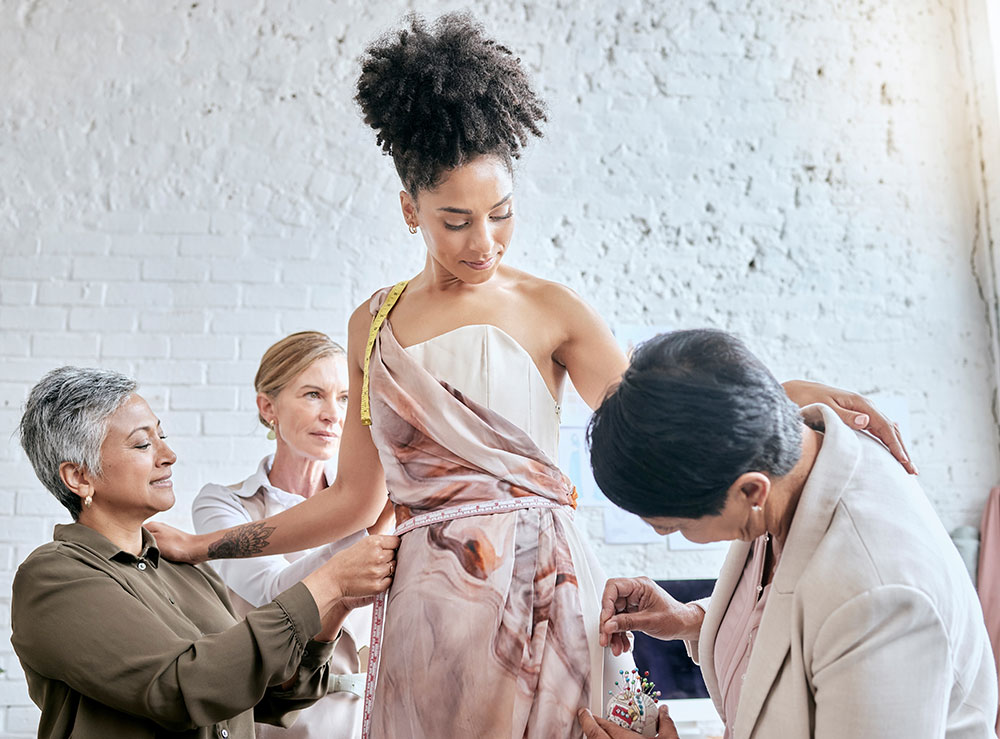
EMMA CHAMBERLAIN’S style is the paragon of casual chic, a perfect blend of comfort and sophistication that has captivated the fashion world. She’s all about embracing individuality and self-expression through her fashion choices, which are characterized by a laid-back, effortless approach to style.
At the heart of Emma’s casual chic aesthetic are timeless, versatile pieces that can be mixed and matched to create a wide range of outfits. Vintage jeans, for instance, are a staple in her wardrobe, and she often pairs them with basic T-shirts, structured blazers, and elegant sneakers to create a look that’s both polished and relaxed.
Her love for vintage jeans is evident in her frequent appearances in high-waisted, straight, or slightly flared cuts, which add a touch of retro charm to her outfits. These classic jeans are often paired with basic white T-shirts, which provide a clean canvas for her to express her personal style.
When she wants to elevate her look, Emma turns to structured blazers, which add a touch of sophistication to even the most casual outfits. Her blazers are often tailored to perfection, accentuating her slender frame. White sneakers, in particular, are a favorite of hers, and she often pairs them with dresses, skirts, or jeans to create a look that’s both sporty and chic.
Throughout her rise to fame, Emma Chamberlain has remained committed to her casual chic aesthetic, using her platform to promote a more relaxed, individualistic approach to fashion. Her style is a testament to the power of self-expression, encouraging her fans to experiment with different looks and find their own unique voice in the world of fashion.
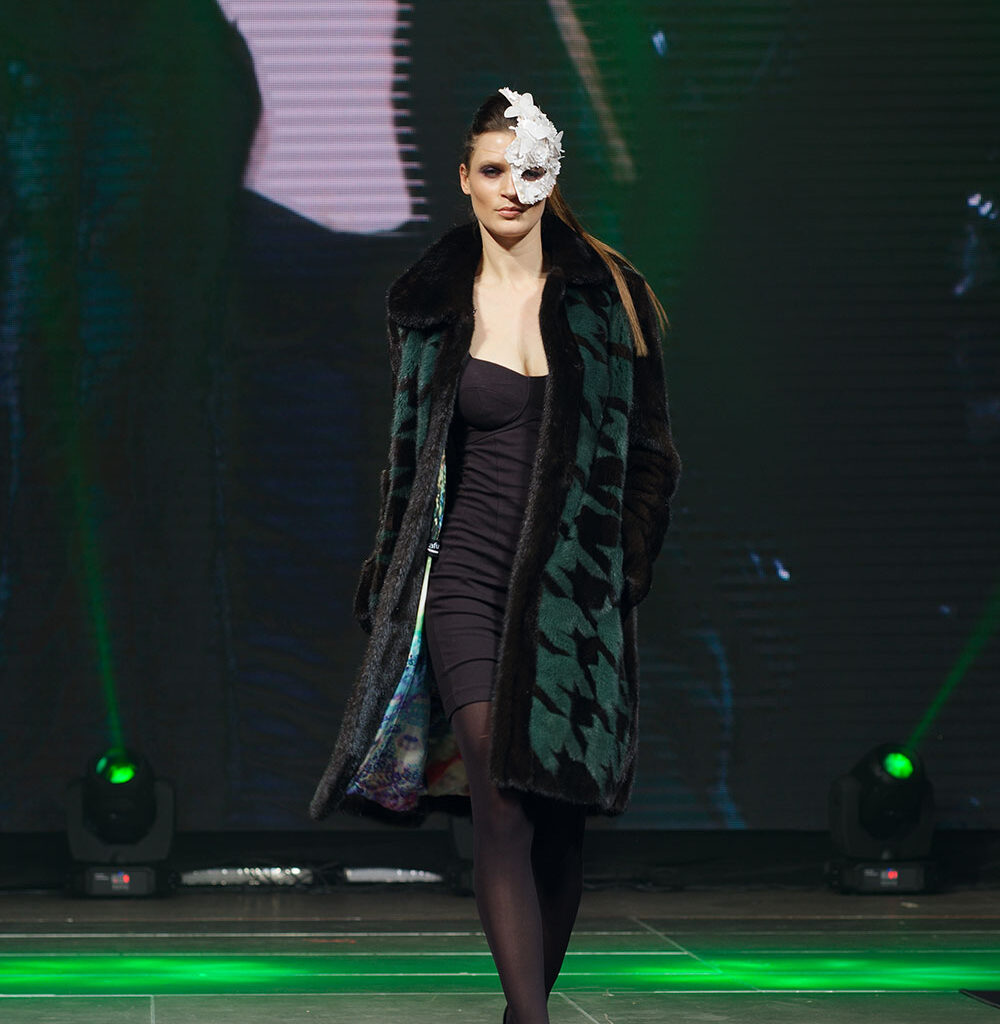
CHIARA FERREGANI is a famous fashion influencer and entrepreneur who has played a vital role in popularizing luxury sneakers. As the founder of The Blonde Salad, a fashion blog that has evolved into a full-fledged lifestyle brand, Ferragni has leveraged her massive following to showcase her passion for high-end sneakers.
Ferragni’s love affair with luxury sneakers began several years ago, when she started incorporating them into her outfits. Her Instagram feed, which boasts over 25 million followers, features a plethora of sneaker-centric posts, showcasing her impressive collection of rare and limited-edition kicks.
Through her blog and social media channels, Ferragni has championed the idea of luxury sneakers as a fashion staple, rather than just a casual, athletic wear item. Her outfits often feature sleek, high-end sneakers paired with elegant dresses, skirts, or tailored trousers, demonstrating the versatility and sophistication of luxury sneakers.
Ferragni’s influence on the luxury sneaker market cannot be overemphasized. Her collaborations with top brands like Gucci, Chanel, and Dior have resulted in highly sought-after, limited-edition sneaker designs that have driven the trend of luxury sneakers. Her partnerships have not only boosted sales but also helped to legitimize luxury sneakers as a fashion category.
Chiara Ferragni’s impact extends beyond the fashion industry, as well. She has inspired a new generation of sneaker enthusiasts, who are driving the demand for luxury sneakers. Her influence has also led to the rapid increase of sneaker-themed events, exhibitions, and activations, cementing the status of luxury sneakers as a cultural phenomenon.
In summary, Chiara Ferragni’s passion for luxury sneakers has been influential in popularizing this trend. Through her blog, social media, and collaborations with top brands, Ferragni has helped to establish luxury sneakers as a fashion staple, driving demand and inspiring a new generation of sneaker enthusiasts.
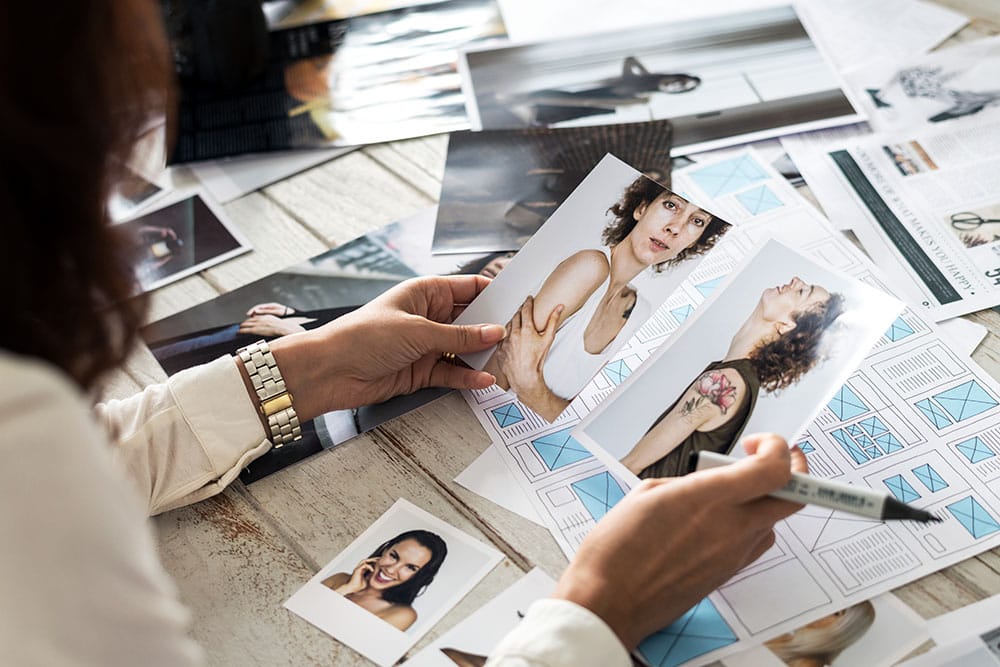
OLIVIA PELERMO is a famous fashion influencer, socialite, and entrepreneur who has been a leading light in the fashion industry for over a decade. She is celebrated for her impeccable style, which blends classic elegance with modern sophistication.
Olivia Palermo’s fashion aesthetic is defined by her affinity for opulent designer labels, vibrant hues, and bold, eclectic prints. She has a knack for elevating her outfits with show-stopping accessories, from brightly colored handbags and dazzling jewelry to custom-made shoes. Palermo’s unique ability to seamlessly blend high-end luxury with high-street chic has earned her a devoted following among fashion aficionados.
Olivia Palermo has left an indelible mark on the fashion industry, thanks in large part to her eponymous style, which masterfully merges bohemian eclecticism with refined sophistication. This distinctive aesthetic, characterized by flowing maxi dresses, artfully distressed denim, and sumptuous accessories, has been widely emulated by fashion enthusiasts worldwide.
Throughout her illustrious career, Palermo has forged high-profile partnerships with luxury powerhouses like Valentino, Dior, and Stuart Weitzman. Her image has graced the covers of top fashion publications, including Vogue, Elle, and Harper’s Bazaar, solidifying her status as a fashion authority.
Palermo’s influence extends far beyond the fashion sphere, with regular appearances at high-profile events like the Met Gala and New York Fashion Week. Additionally, she has successfully ventured into entrepreneurship, launching a jewelry line and clothing collection that showcase her unique fashion sensibility.
Finally, Olivia Palermo’s impact on the fashion world is a testament to her innovative style, which seamlessly blends classic elegance with modern flair. Her collaborations with top brands, editorial features, and entrepreneurial pursuits have collectively cemented her position as a fashion icon and trendsetter.
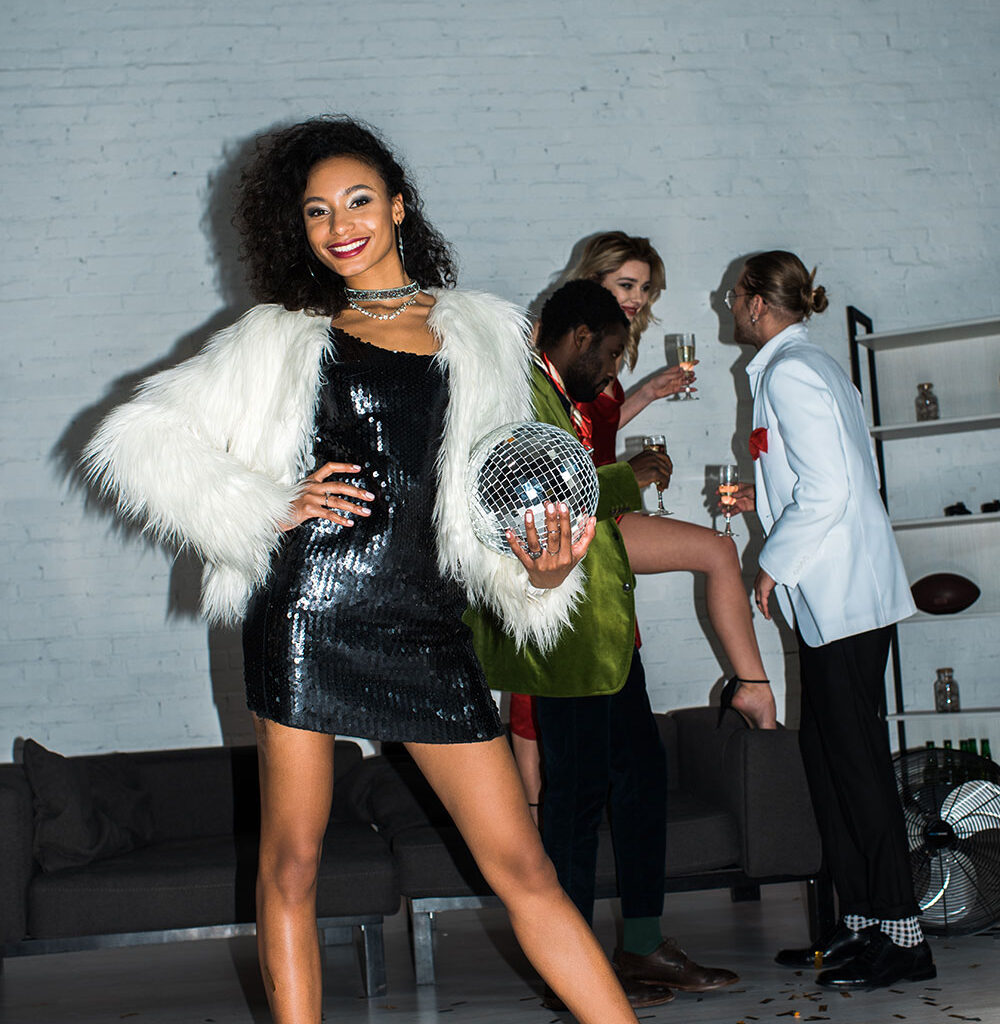
RIHANNA has been a trailblazer in the athleisure wear movement, leveraging her immense influence as a fashion icon and entrepreneur to redefine the boundaries of style and comfort. Her groundbreaking collaboration with Puma has yielded a wildly successful athleisure wear line, characterized by sleek, sporty silhouettes and accessories that have resonated with fans globally.
Rihanna’s impact on athleisure wear transcends her designs, as she has played a pivotal role in merging athletic and fashion wear. By seamlessly integrating athletic elements into high-fashion designs, she has created a fresh aesthetic that combines style and comfort. Rihanna’s personal style has also been instrumental in driving the athleisure wear trend, as she frequently incorporates athletic-inspired pieces into her daily looks, from casual errands to high-profile events.
Her confidence and charisma in athleisure wear have inspired countless fans to embrace the trend, cementing Rihanna’s status as a fashion icon and trendsetter. Ultimately, Rihanna’s influence on athleisure wear has revolutionized the fashion industry’s approach to comfort and style, paving the way for future innovations and collaborations in this burgeoning market.
ZENDAYA, has emerged as a transformative force in the fashion universe, propelling a vibrant revival of retro aesthetics that harkens back to the exuberant 1970s. This Comeback isn’t just a fleeting nod to nostalgia—it’s a full-blown re-emegence defined by a dazzling fusion of timeless shapes, eye-popping hues, and whimsical, kaleidoscopic patterns that capture the free-spirited essence of that era. With her unapologetic and audacious sartorial choices, Zendaya has positioned herself as a trailblazer, seamlessly weaving the groovy vibes of the ’70s into the fabric of modern style.
Her red-carpet moments are nothing short of legendary—think sweeping maxi dresses that billow with bohemian grace, high-rise flared pants that elongate her silhouette with retro flair, and halter tops paired with towering platform heels that scream disco diva.
Runways have become a playground for nostalgia, showcasing sequined fabrics that shimmer like disco balls, swirling psychedelic prints that evoke the era’s , psychedelic art and a palette of earthy mustards, burnt oranges, and avocado greens that feel plucked straight from a ’70s Polaroid. These elements don’t just reference the decade—they reinterpret it, proving its enduring relevance in world craving boldness and individuality.
Zendaya’s influence stretches far beyond her wardrobe choices; she’s a catalyst for the trend’s widespread embrace. Her collaboration with Tommy Hilfiger on a 2019 capsule collection was a love letter to the ’70s, featuring tailored blazers, flared denim, and funky patterns that paid homage to the decade’s diversity and dynamism—think Harlem’s vibrant street style meets California’s hippie chic.
With over 100 million followers across social media platforms as of March 24, 2025, her reach is colossal. Every Instagram post or X share of her in a fringed vest or wide-leg jumpsuit acts like a megaphone, amplifying the trend to fans and fashion enthusiasts globally, inspiring them to raid vintage racks or hit up fast-fashion sites for their own slice of retro magic.
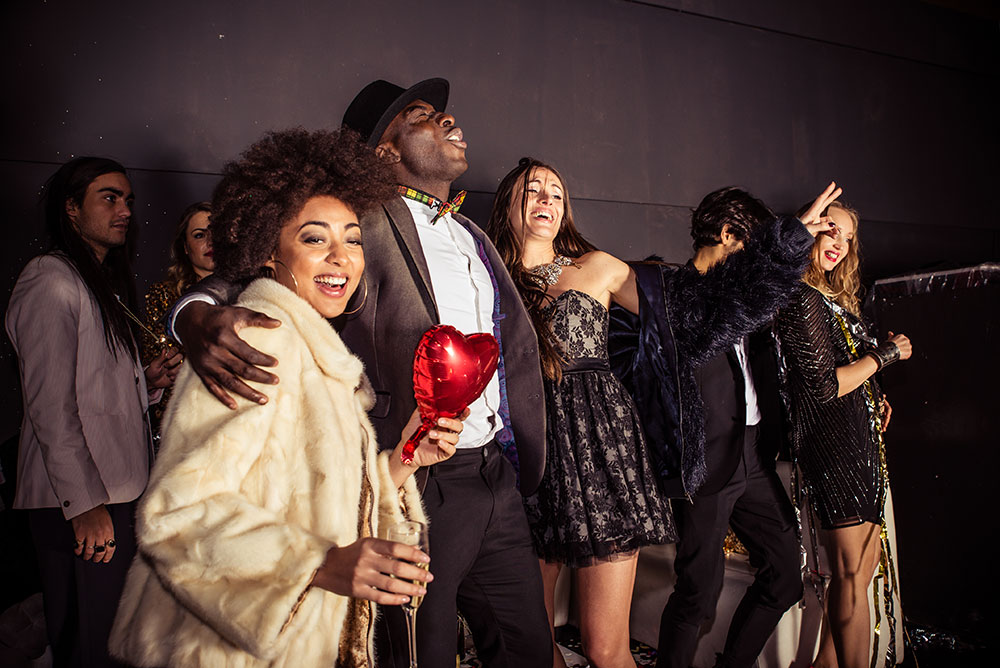
This 1970s-inspired wave, fueled in no small part by Zendaya’s star power, has breathed new life into a fashion scene that sometimes feels overly polished or predictable. It’s a celebration of unbridled creativity—bold color clashes that defy subtlety, patterns that dance with reckless abandon, and silhouettes that prioritize drama over restraint. The trend invites playfulness and experimentation, encouraging wearers to mix textures like corduroy and silk or layer a turtleneck under a slip dress without a second thought. It’s a rejection of minimalism’s quiet reign, replacing it with a loud, joyous cacophony of style.
Looking ahead, the evolution of this retro resurgence promises even more excitement. Zendaya, alongside other influencers, is likely to keep pushing the boundaries—perhaps pairing ’70s staples with futuristic twists or leaning harder into the decade’s gender-fluid undertones, like androgynous suits or oversized aviators. Her ability to reinterpret these classic looks ensures the trend won’t stagnate; it’ll morph, adapt, and surprise. As designers and influencers riff on this foundation, the 1970s won’t just be a moment in fashion’s rearview mirror—they’ll remain a living, breathing influence, with Zendaya as its radiant, platform-shoed poster child.
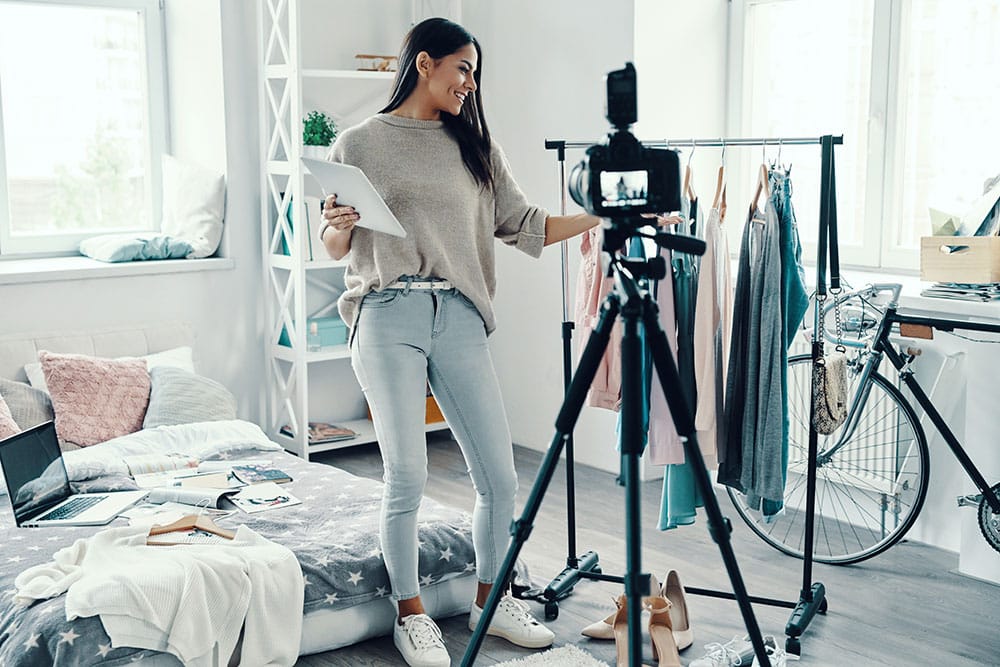
Fashion Movement Driven by Specific Influencers or Platforms
The fashion industry has undergone a significant transformation in recent years, with the emergence of various fashion movements that have gained widespread popularity. These movements have been largely driven by influential individuals and platforms that have leveraged their vast followings and influence to popularize specific styles or aesthetics.
One notable example of this phenomenon is the resurgence of 1970s-inspired fashion, which has been championed by influencers like Zendaya. Her bold and eclectic style, which often incorporates iconic silhouettes, vibrant colors, and playful patterns, has inspired a new generation of fashion enthusiasts. For instance, Zendaya’s appearance at the 2019 Met Gala, where she wore a custom Tommy Hilfiger gown inspired by the 1970s, sparked widespread media attention and cemented her status as a fashion icon.
Similarly, the rise of athleisure wear has been driven in part by influencers like Rihanna, who has collaborated with brands like Puma to create highly successful athleisure wear lines. Her influence has helped to blur the boundaries between athletic and fashion wear, making athleisure a staple in many people’s wardrobes. Rihanna’s Fenty x Puma collection, which debuted in 2016, was a critical and commercial success, and helped to establish athleisure wear as a major force in the fashion industry.
The luxury sneaker market has also been influenced by specific platforms, such as Instagram. The visual nature of the platform has created a space for sneaker enthusiasts to showcase their collections and share their passion with others. This has helped to fuel the demand for limited-edition sneakers and collaborations, which have become highly sought after by fashion enthusiasts. For example, the limited-edition Off-White x Nike collaboration, which was released in 2017, sparked widespread hype and sold out quickly, thanks in part to the buzz generated on social media platforms like Instagram.
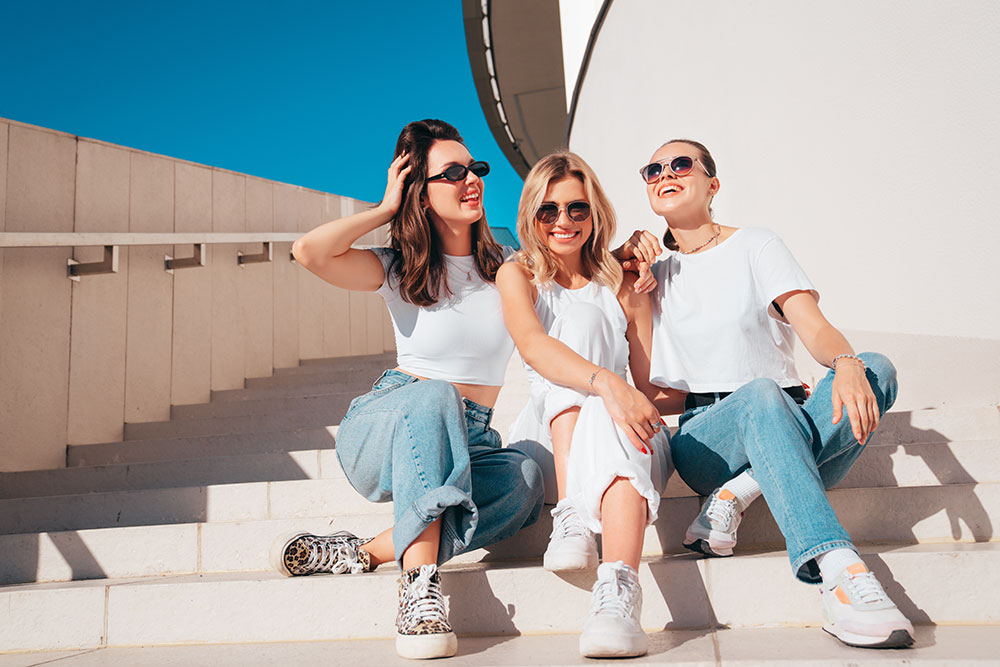
In addition, the growth of sustainable fashion has been driven in part by influencers like Emma Watson, who has used her platform to raise awareness about the environmental and social impact of the fashion industry. Her influence has helped to popularize sustainable fashion practices, such as buying second-hand clothing and investing in eco-friendly brands. Watson’s collaboration with the fashion brand People Tree, which offers fair trade and sustainable clothing options, is just one example of her commitment to promoting sustainable fashion.
Furthermore, influencers like Chiara Ferragni, Olivia Palermo, and Rosie Huntington-Whiteley have also played a significant role in shaping the fashion industry. Ferragni’s blog, The Blonde Salad, has become a go-to destination for fashion inspiration, while Palermo’s collaborations with brands like Valentino and Dior have helped to establish her as a fashion icon. Huntington-Whiteley’s work with brands like Burberry and Marks & Spencer has also helped to promote British fashion and lifestyle
In summary, the fashion industry has become increasingly influenced by specific influencers and platforms, which have the power to shape trends and drive consumer behavior. As the fashion landscape continues to evolve, it will be interesting to see how these influencers and platforms continue to shape the industry. With their influence, they have the power to promote sustainability, diversity, and inclusivity, and to shape the future of fashion.
How Influencer-Driven Trends Have Become Mainstream
Terra fashion trends have become progressively mainstream in recent years, Mainly due to the influence of social media influencers and celebrities. Here are some ways in which influencer-driven Terra fashion has become mainstream:
Influencers like Hailey Bieber, and Chiara Ferragni have been spotted wearing Terra-inspired outfits, featuring earthy tones, natural fabrics, and effortless silhouettes. Their massive followings on social media platforms like Instagram have helped to popularize the trend.
Celebrities like Emma Stone, Sienna Miller, and Kate Moss have also been seen wearing Terra-inspired clothing on the red carpet and in their everyday lives. This has helped to further cement the trend’s status as a mainstream fashion phenomenon.
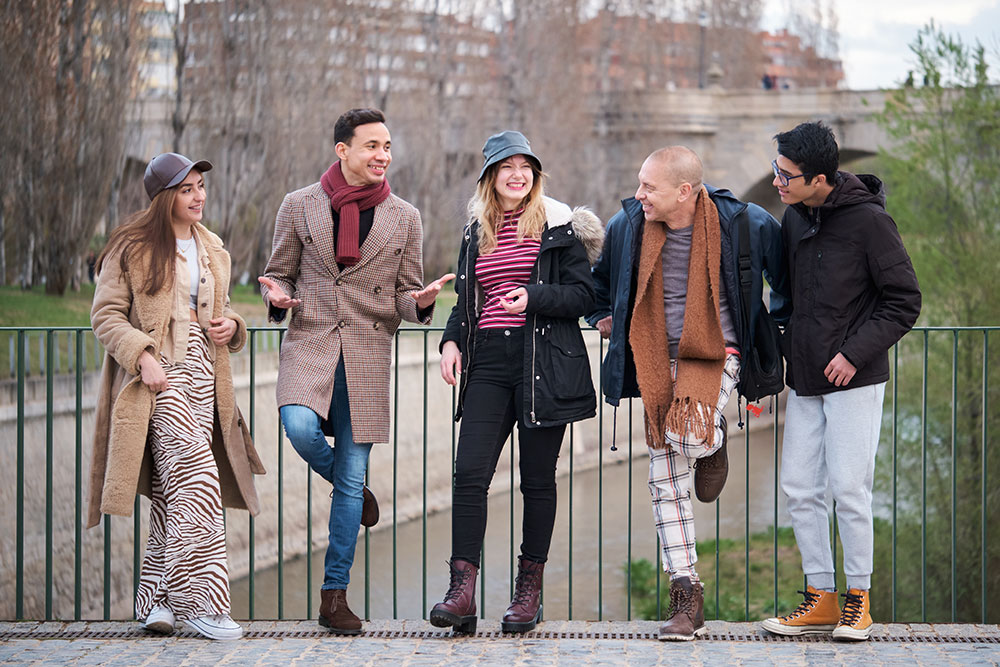
Fashion brands like Zara, H&M, and Free People have taken note of the trend’s popularity and have begun incorporating Terra-inspired pieces into their collections. This has made it easier for consumers to access and participate in the trend.
Social media platforms like Instagram and TikTok have played a significant role in the gast growth of Terra fashion. Influencers and celebrities often share photos and videos of themselves wearing Terra-inspired outfits, which helps to spread the trend and inspire others to try it out.
The Terra fashion trend has also been driven by a desire for sustainability and eco-friendliness. Many consumers are looking for ways to reduce their environmental impact, and Terra fashion’s emphasis on natural fabrics, earthy tones, and effortless silhouettes resonates with this desire.
Overall, the influencer-driven Terra fashion trend has become mainstream due to a blend of factors, including celebrity and influencer endorsements, social media proliferation, and a desire for sustainability and eco-friendliness.
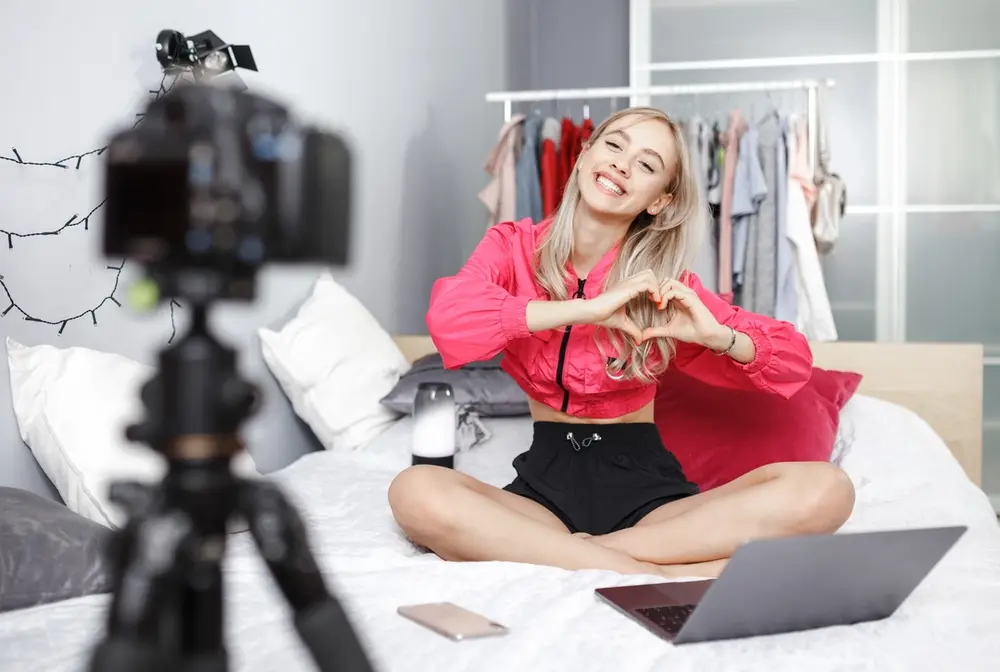
12- The Future of Fashion Trends and Influencer Marketing
As the fashion industry continues to evolve, it’s clear that influencer marketing will play a significant role in shaping future fashion trends. Sustainability will take center stage, with influencers championing eco-friendly and responsible fashion practices. Consumers will demand more transparency about the environmental and social impact of their clothing choices.
The fashion industry has long been criticized for its lack of diversity and inclusivity. Future trends will celebrate individuality and self-expression, with influencers promoting brands that cater to diverse body types, ages, and abilities.
Technology will continue to transform the fashion industry. We’ll see more innovative uses of technology, such as augmented reality (AR) and virtual reality (VR) experiences, 3D printing, and AI-powered styling tools. Influencers will work closely with designers to create exclusive collections and promote brand values.
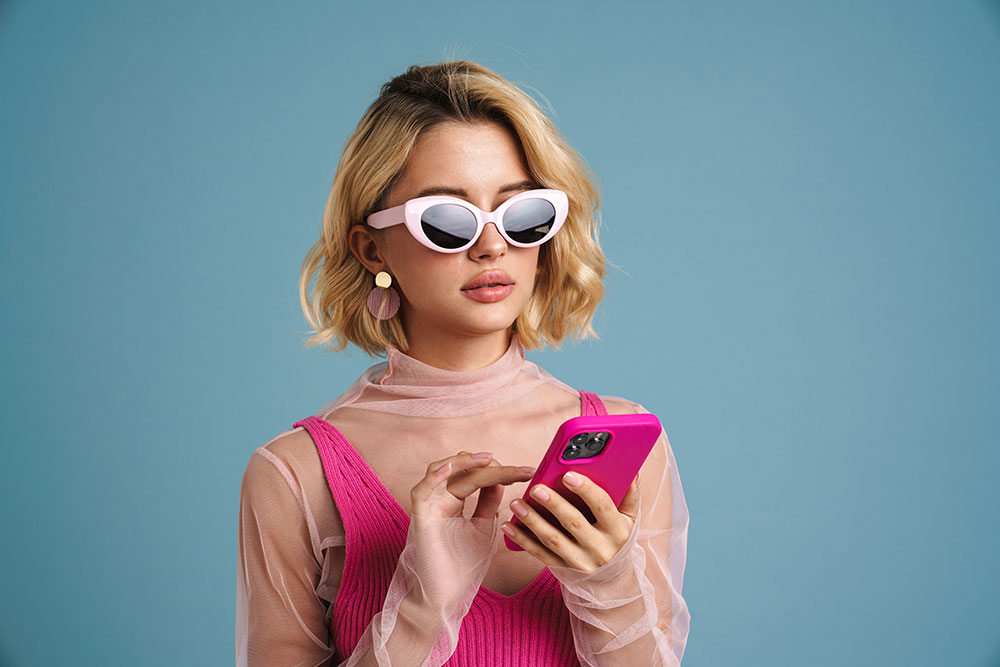
As influencer marketing evolves, we’ll see more long-term partnerships between influencers and fashion brands. Influencers will become brand ambassadors, and their content will become more authentic and transparent. Consumers are increasingly skeptical of staged, overly polished influencer content, and future trends will prioritize honesty and realism.
The internet has made the world a smaller place, and fashion trends will reflect this global connectivity. Influencers will draw inspiration from diverse cultures, and fashion brands will incorporate international styles and aesthetics into their designs. Niche influencers with highly engaged, specialized audiences will gain more attention, focusing on specific areas such as sustainable fashion, plus-size fashion, or streetwear.
As the fashion industry continues to evolve, one thing is clear: influencer marketing will remain a crucial driver of fashion trends. By embracing sustainability, diversity, technology, and authenticity, influencers and fashion brands can create a brighter, more inclusive future for fashion.
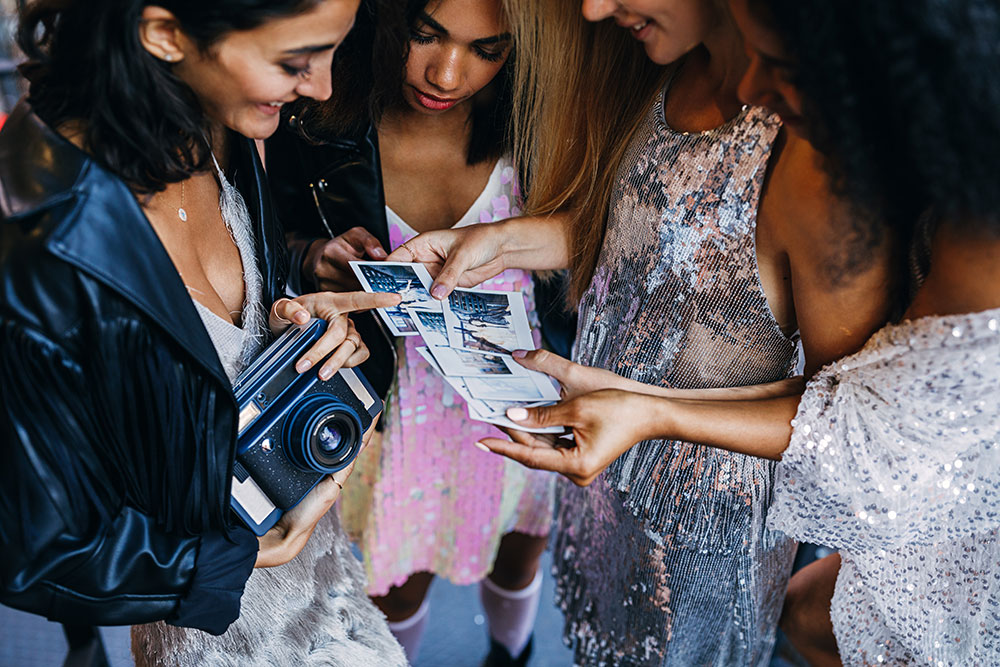
Predictions of the Next Era of Influencer-Driven Fashion
As the fashion industry continues to evolve, it’s clear that influencer marketing will play a significant role in shaping future fashion trends. Sustainability will take center stage, with influencers championing earth friendly and sustainable fashion practices. Consumers will demand more transparency about the environmental and social impact of their clothing choices.
The fashion industry has been criticized for its lack of diversity and inclusivity. Future trends will celebrate individuality and self-expression, with influencers promoting brands that cater to diverse body types, ages, and abilities. This shift towards inclusivity will be driven by influencers who showcase their unique styles and perspectives.
Technology will continue to transform the fashion industry. We’ll see more innovative uses of technology, such as augmented reality experiences, 3D printing, and AI-powered styling tools. These technological advancements will enable influencers to create immersive and engaging content that showcases fashion in new and exciting ways.
As influencer marketing evolves, we’ll see more long-term partnerships between influencers and fashion brands. Influencers will become brand ambassadors, working closely with designers to create exclusive collections and promote brand values. This will lead to more authentic and transparent content, as influencers will be invested in promoting brands they truly believe in.
The internet has made the world a smaller place, and fashion trends will reflect this global connectivity. Influencers will draw inspiration from diverse cultures, and fashion brands will incorporate international styles and aesthetics into their designs. This global influence will enrich the fashion landscape, introducing new and exciting trends to the forefront.
As the fashion industry continues to evolve, one thing is clear: influencer marketing will remain a important driver of fashion trends. By embracing sustainability, diversity, technology, and authenticity, influencers and fashion brands can create a brighter, more inclusive future for fashion.
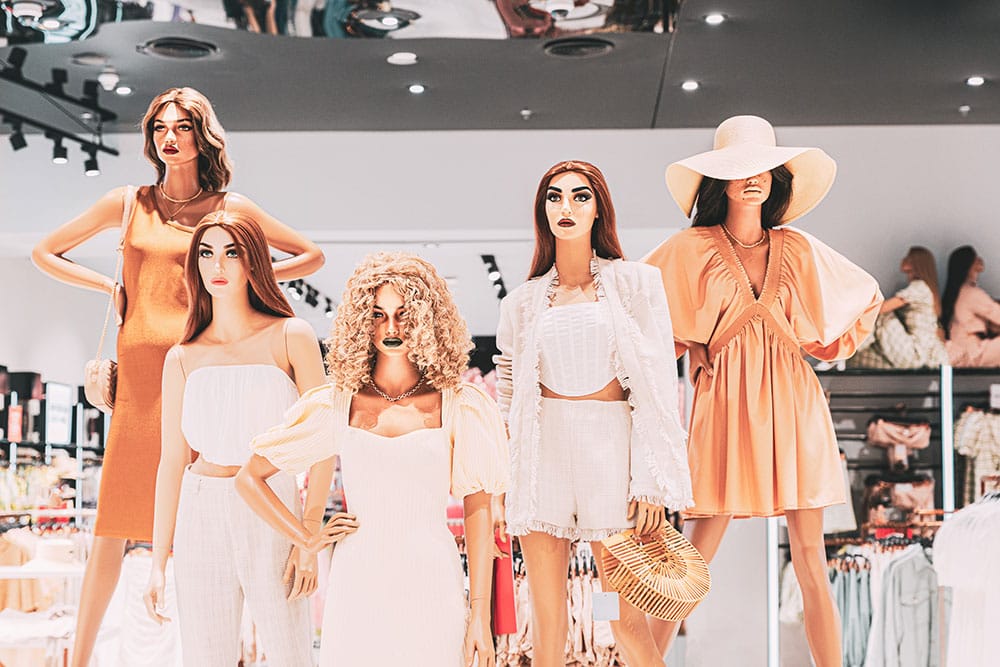
The Evolving Role of Influencers in the Brand Marketing Strategy
The role of influencers in brand marketing strategies has undergone notable evolution in recent years. What was once a niche marketing tactic has become a mainstream strategy for brands looking to connect with their target audiences.
Initially, influencers were seen as a way for brands to reach a wider audience, particularly among younger demographics. Brands would partner with influencers who had large followings on social media platforms like Instagram and YouTube, and pay them to promote their products or services.
However, as the influencer marketing space has become increasingly saturated, brands have begun to look for more meaningful and authentic ways to partner with influencers. Today, influencers are expected to do more than just promote a product; they are expected to create engaging content, build brand awareness, and drive sales.
One of the key ways that influencers are evolving in brand marketing strategies is by becoming more specialized. Rather than partnering with influencers who have a broad, general audience, brands are seeking out influencers who have a specific niche or area of expertise. This allows brands to target their marketing efforts more effectively and reach audiences who are more likely to be interested in their products or services.
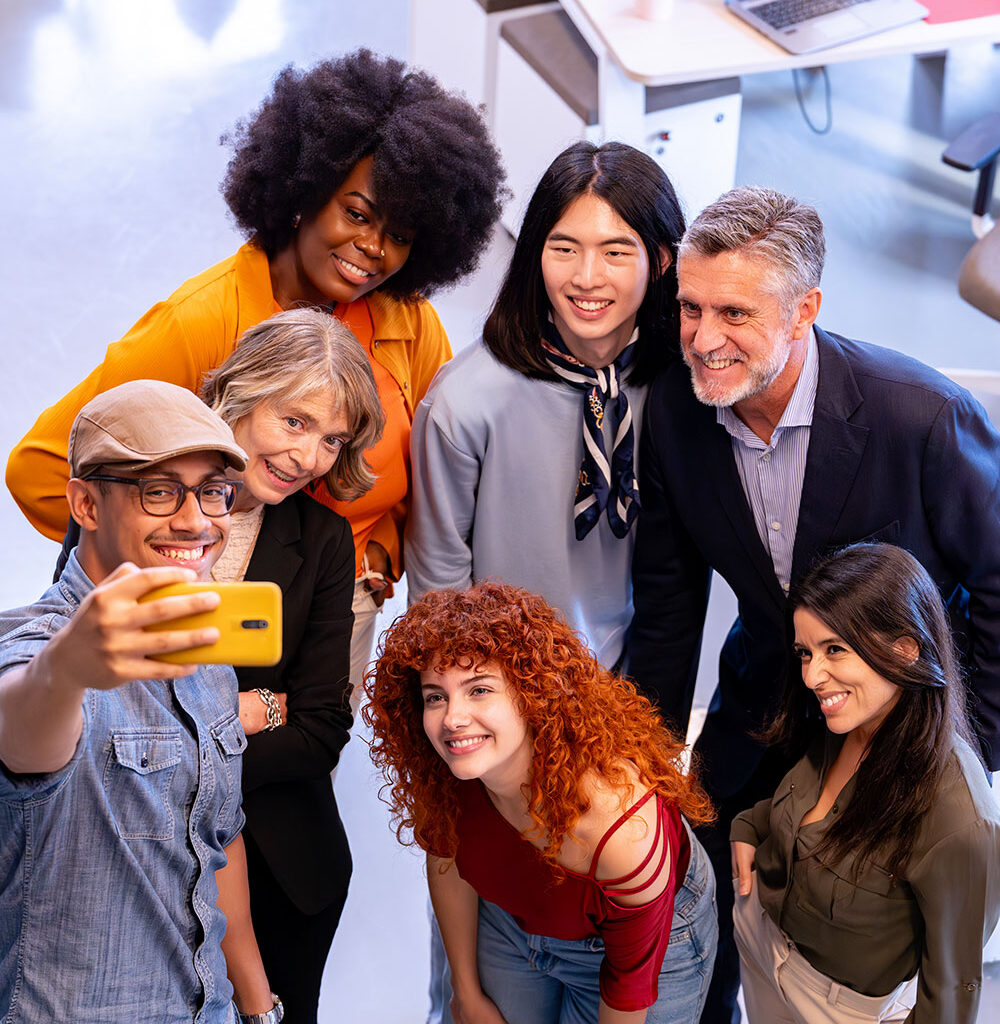
Another way that influencers are evolving is by becoming more focused on creating high-quality, engaging content. Rather than simply posting a photo or video with a caption, influencers are now expected to create content that tells a story, sparks conversation, and drives engagement. This has led to the rise of influencer-generated content as a key component of brand marketing strategies.
In addition, influencers are also becoming more important as brand ambassadors. Rather than just promoting a product or service, influencers are now being asked to represent the brand as a whole. This includes participating in events, creating content, and engaging with customers on behalf of the brand.
Finally, influencers are also evolving in terms of how they measure their success. Rather than just focusing on metrics like followers and engagement, influencers are now being asked to demonstrate their ROI (return on investment) and show how their partnerships with brands are driving real business results.
Overall, the role of influencers in brand marketing strategies is continuing to evolve. As the marketing landscape becomes increasingly complex and competitive, brands are seeking out new and innovative ways to partner with influencers and reach their target audiences. By becoming more specialized, focused on creating high-quality content, and acting as brand ambassadors, influencers are playing an increasingly important role in brand marketing strategies.
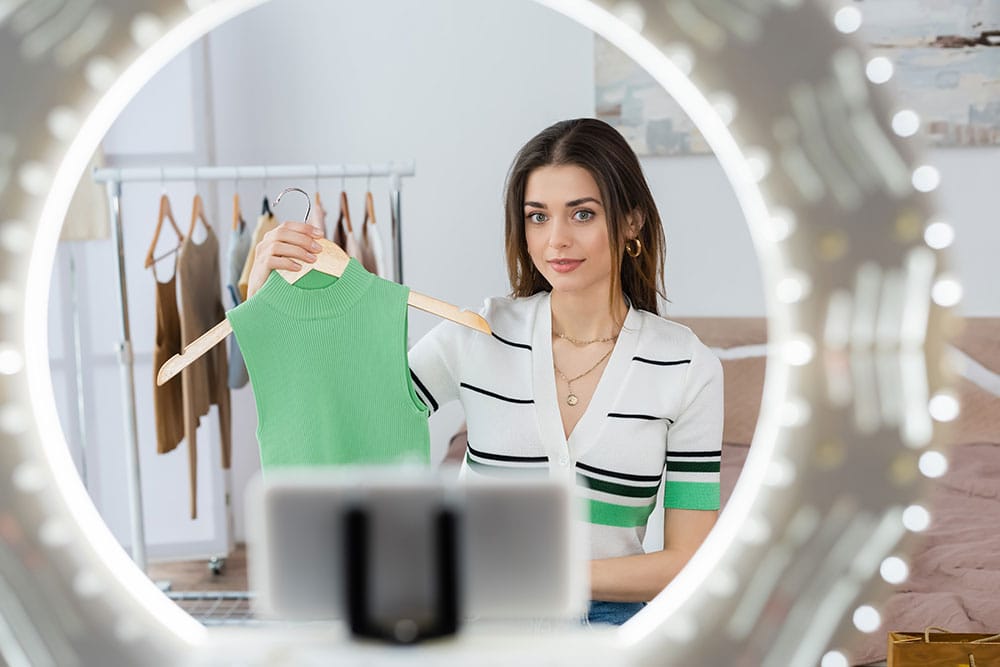
How Technology, AI and Sustainability will Continue to Shape the Fashion Landscape
The influencer fashion landscape is undergoing a significant transformation, driven by the merging of technology, artificial intelligence (AI), and sustainability. These factors are transformed the way influencers create content, engage with their audiences, and partner with fashion brands.
Technology is playing a pivotal role in shaping the influencer fashion landscape. Virtual try-on capabilities, powered by augmented reality (AR) and AI, are changing the way influencers showcase fashion products. This technology allows followers to see how clothing and accessories would look on them without having to physically try them on. Social commerce is also on the rise, with influencers leveraging social media platforms’ built-in shopping features to tag products and enable seamless purchases. Additionally, AI-powered content creation tools are streamlining the content creation process for influencers.
Artificial intelligence is further transforming the influencer fashion landscape. AI algorithms are helping influencers create personalized content for their audiences, increasing engagement and relevance. AI-powered influencer marketing platforms are also connecting influencers with brands, facilitating partnerships, and optimizing campaign performance. Furthermore, AI-powered tools are helping to identify and eliminate fake followers, ensuring that influencers’ audiences are authentic and engaged.
Sustainability is also becoming a critical factor in the influencer fashion landscape. Influencers are prioritizing eco-friendly fashion practices, promoting sustainable brands, and encouraging followers to adopt environmentally conscious consumption habits. The rise of second-hand fashion is also being driven by influencers who are showcasing the benefits of buying pre-owned clothing and accessories. Moreover, influencers are being held accountable for their environmental and social impact, with many prioritizing transparency and sustainability in their partnerships and content.
As technology, AI, and sustainability continue to intersect, the influencer fashion landscape will become increasingly sophisticated. Influencers who adapt to these changes and prioritize authenticity, sustainability, and technological innovation will thrive in this evolving landscape. The future of influencer fashion will be characterized by increased use of AI-generated content, virtual try-on capabilities, and sustainable fashion practices.
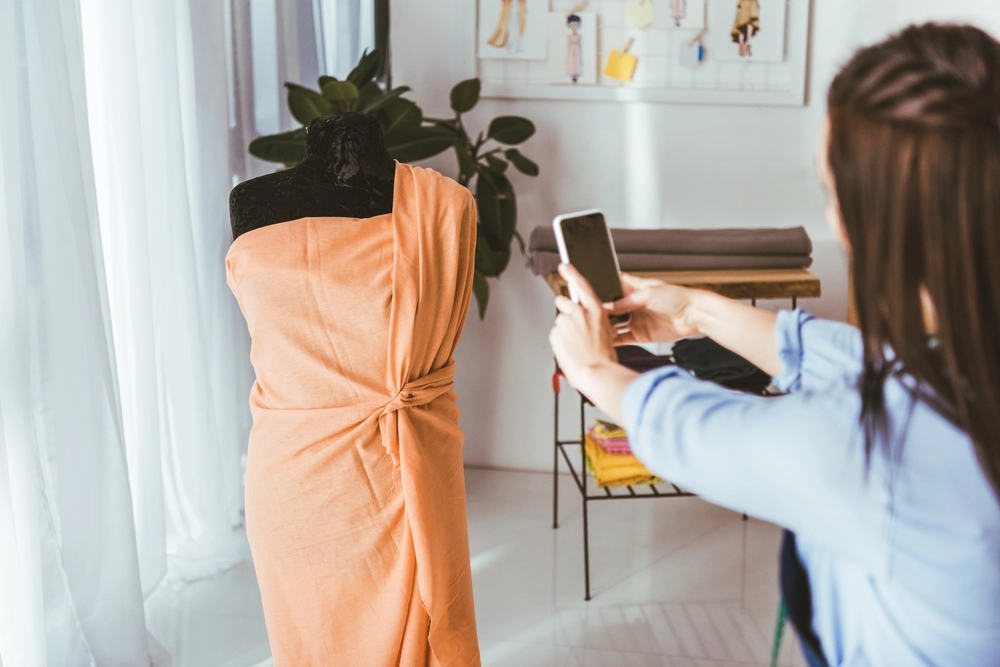
13- Conclusion, The Lasting Influence of Fashion Influencers on Modern Style
The lasting influence of influencers on modern style is undeniable. Over the past decade, social media platforms have given rise to a new generation of style icons, who have leveraged their online presence to shape the fashion industry.
Influencers have played a significant role in Modifying fashion, making high-end styles accessible to a wider audience. They have also helped to break down traditional fashion barriers, celebrating diversity and individuality. By showcasing their personal styles and preferences, influencers have inspired millions of followers around the world to experiment with new looks and trends.
One of the most significant ways in which influencers have impacted modern style is by popularizing streetwear and athleisure wear. Influencers such as Kanye West, and Chiara Ferragni have helped to bring high-end fashion to the streets, making luxury brands more relatable and desirable to a younger audience.
Influencers have also been instrumental in promoting sustainable fashion practices. Many influencers have used their platforms to raise awareness about the environmental and social impact of the fashion industry, encouraging their followers to adopt more eco-friendly fashion habits.
As the fashion industry continues to evolve, it is clear that influencers will remain a driving force behind modern style. Their influence extends beyond social media, shaping the way we think about fashion, beauty, and identity. Whether they are promoting high-end luxury brands or championing sustainable fashion practices, influencers have become a crucial part of the fashion Industry
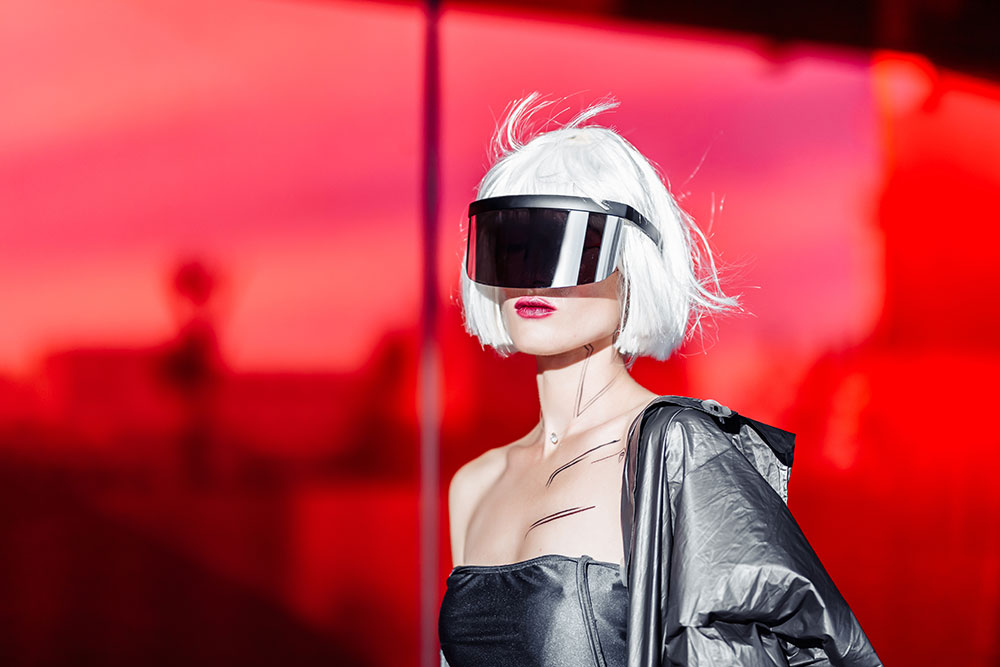
The Balance Between Following Trends and Individual Expressions
The balance between following trends and individual expression is a delicate one in the world of fashion. On one hand, trends can provide inspiration and guidance for individuals looking to update their wardrobe and stay stylish. On the other hand, blindly following trends can lead to a loss of personal style and individuality.
Fashion influencers and celebrities often play a significant role in shaping trends, and their followers may feel pressure to emulate their styles. However, it’s essential to remember that fashion is a form of self-expression, and individuals should strive to find a balance between staying on-trend and showcasing their unique personality.
One way to achieve this balance is by incorporating trends into your wardrobe in a way that feels authentic to your personal style. For example, if you’re drawn to a particular trend, try incorporating it into your wardrobe through accessories or statement pieces rather than overhauling your entire wardrobe.
Another approach is to focus on timeless pieces that won’t go out of style quickly. Investing in high-quality, classic items can provide a foundation for your wardrobe that allows you to experiment with trends without sacrificing your personal style.
Ultimately, finding the balance between following trends and individual expression requires a deep understanding of your personal style and what makes you feel confident and authentic. By staying true to yourself and incorporating trends in a way that feels organic, you can create a wardrobe that’s both stylish and reflective of your unique personality.
Fashion should be a means of self-expression, not a source of stress or anxiety. By embracing your individuality and finding a balance between trends and personal style, you can create a wardrobe that’s truly reflective of who you are.
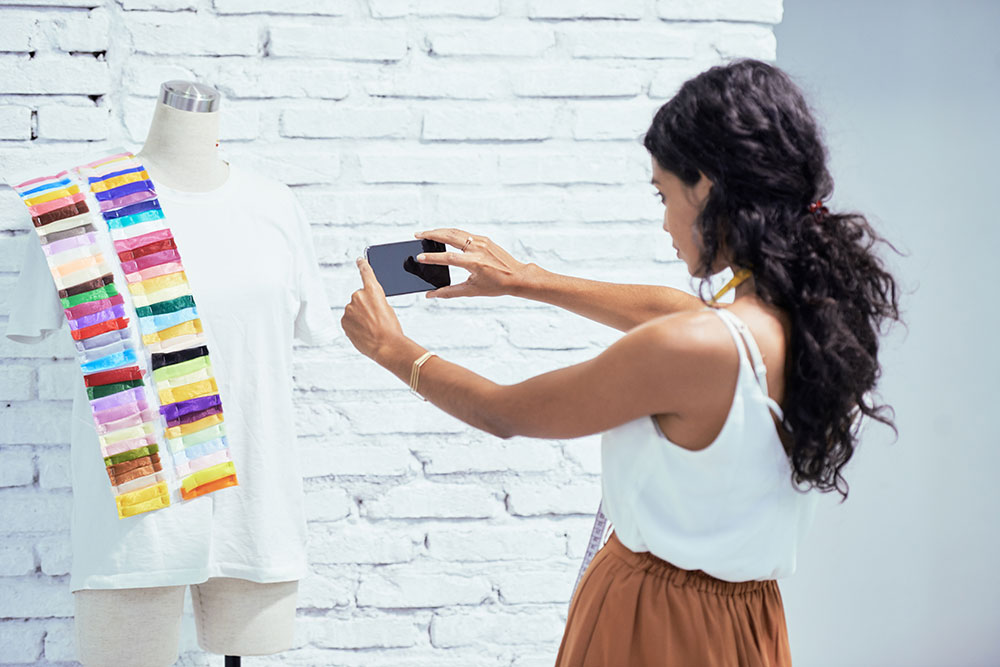
How Influencers will Continue to Shape the Way Consumers Engage with Fashion
Influencers always play significant role in shaping the way consumers engage with fashion. As social media platforms evolve, influencers will adapt and find new ways to connect with their audiences. One way they will do this is by creating more personalized and interactive content. Influencers will use technologies like augmented reality and artificial intelligence to create immersive experiences that allow consumers to engage with fashion in new and innovative ways.
Influencers will also continue to prioritize authenticity and transparency in their content. Consumers are becoming increasingly savvy and can spot a sponsored post from a mile away. As a result, influencers will focus on building trust with their audiences by being open and honest about their partnerships and the products they promote.
Another way influencers will shape consumer engagement with fashion is by promoting sustainability and social responsibility. As consumers become more conscious of the environmental and social impact of their purchasing decisions, influencers will play a key role in raising awareness and promoting eco-friendly and socially responsible fashion practices.
Influencers will also continue to democratize fashion, making high-end styles and trends accessible to a wider audience. They will do this by partnering with affordable fashion brands, showcasing second-hand and vintage clothing, and providing styling tips and advice that help consumers create high-end looks on a budget.
Ultimately, influencers will continue to shape the way consumers engage with fashion by providing inspiration, education, and entertainment. As the fashion industry evolves, influencers will remain at the forefront, driving trends, promoting new technologies, and connecting consumers with the brands and products they like.
Continue Reading
- How Fashion Influencers Are Shaping The Modern Trends- part 1
- How Fashion Influencers Are Shaping The Modern Trends- part 2
- How Fashion Influencers Are Shaping The Modern Trends- part 3
- How Fashion Influencers Are Shaping The Modern Trends- part 4
Written By: Gloria Egiemeh


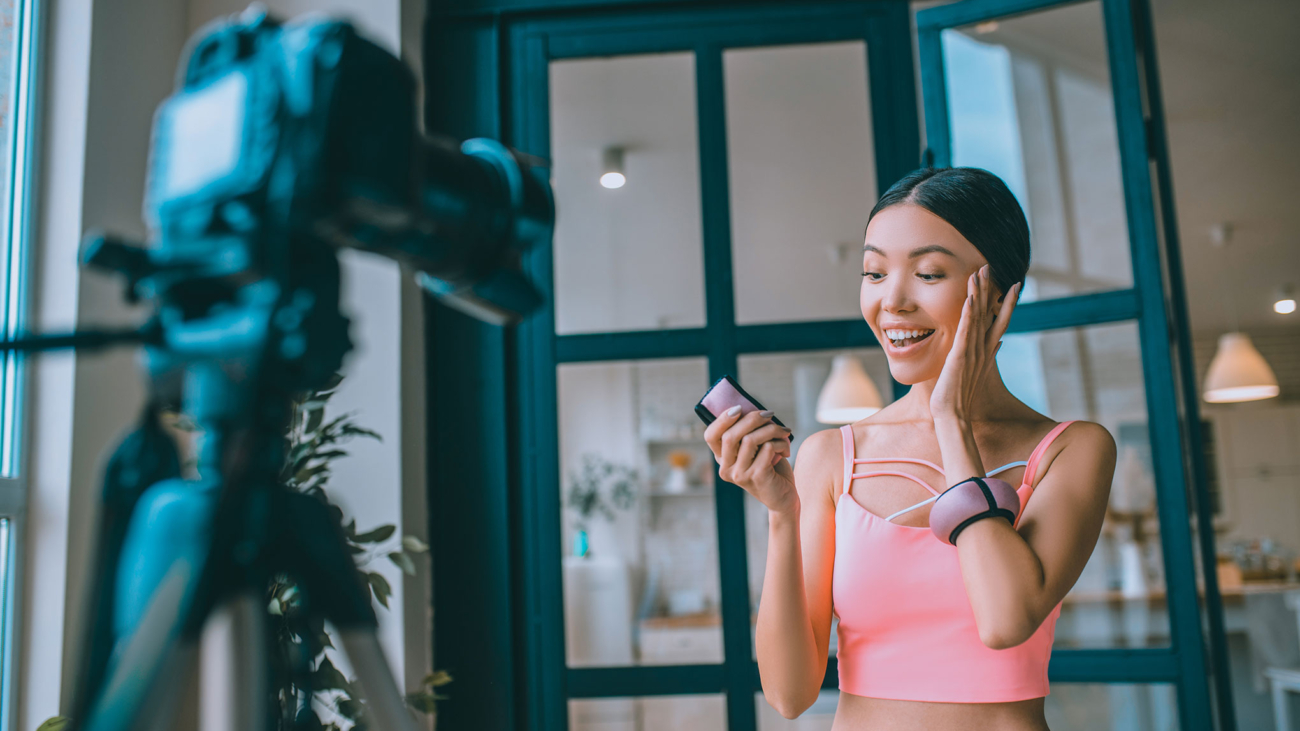
Add a Comment